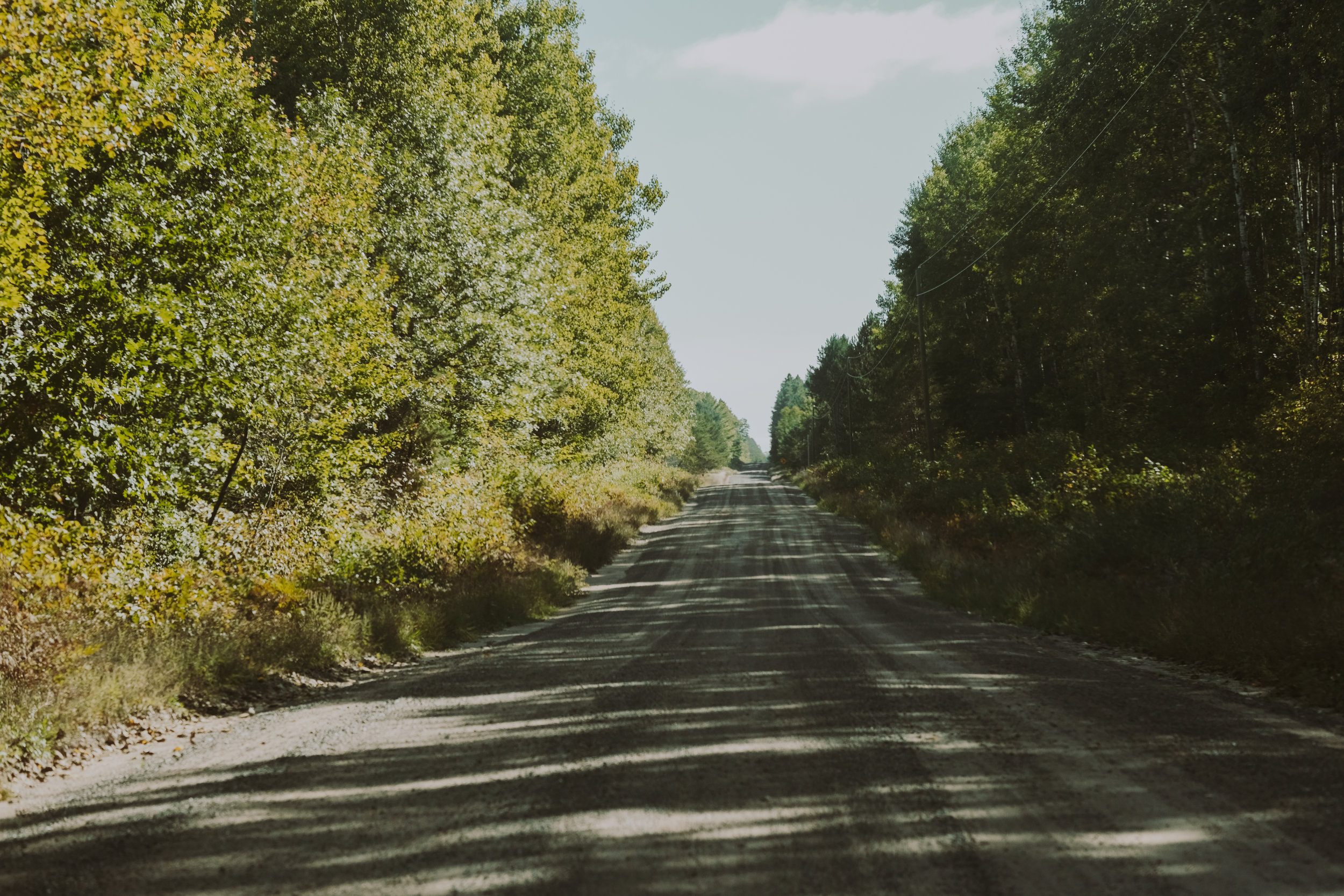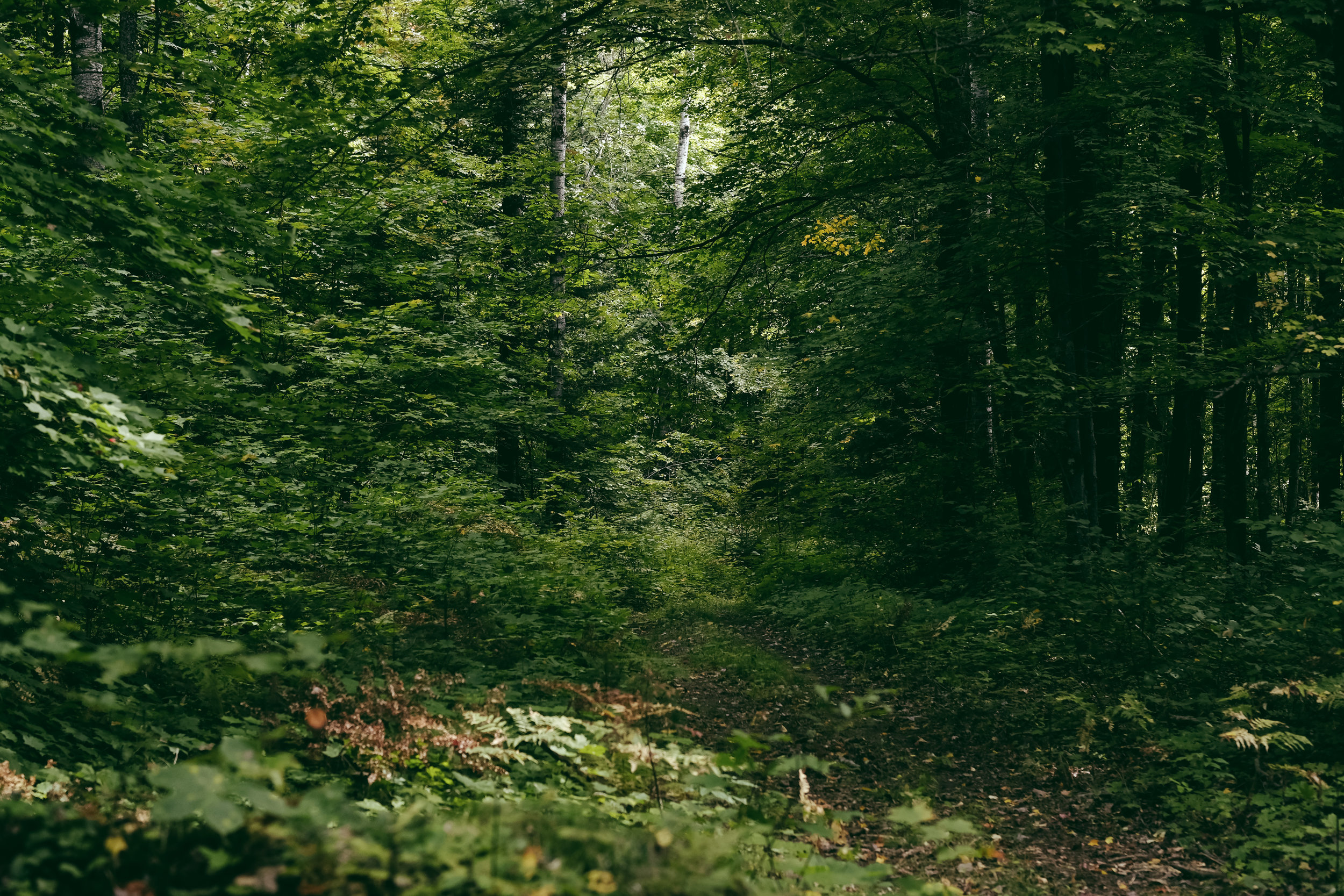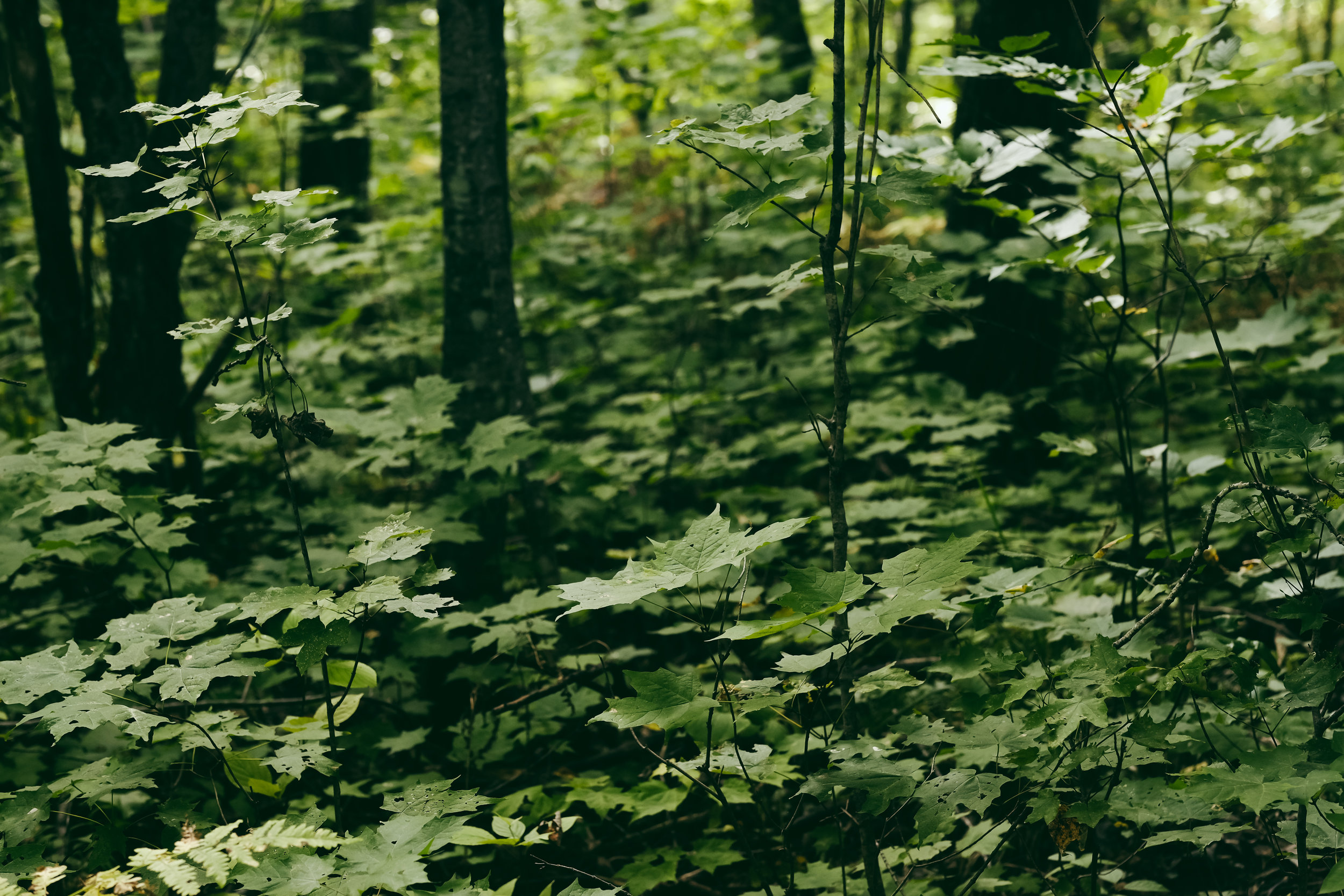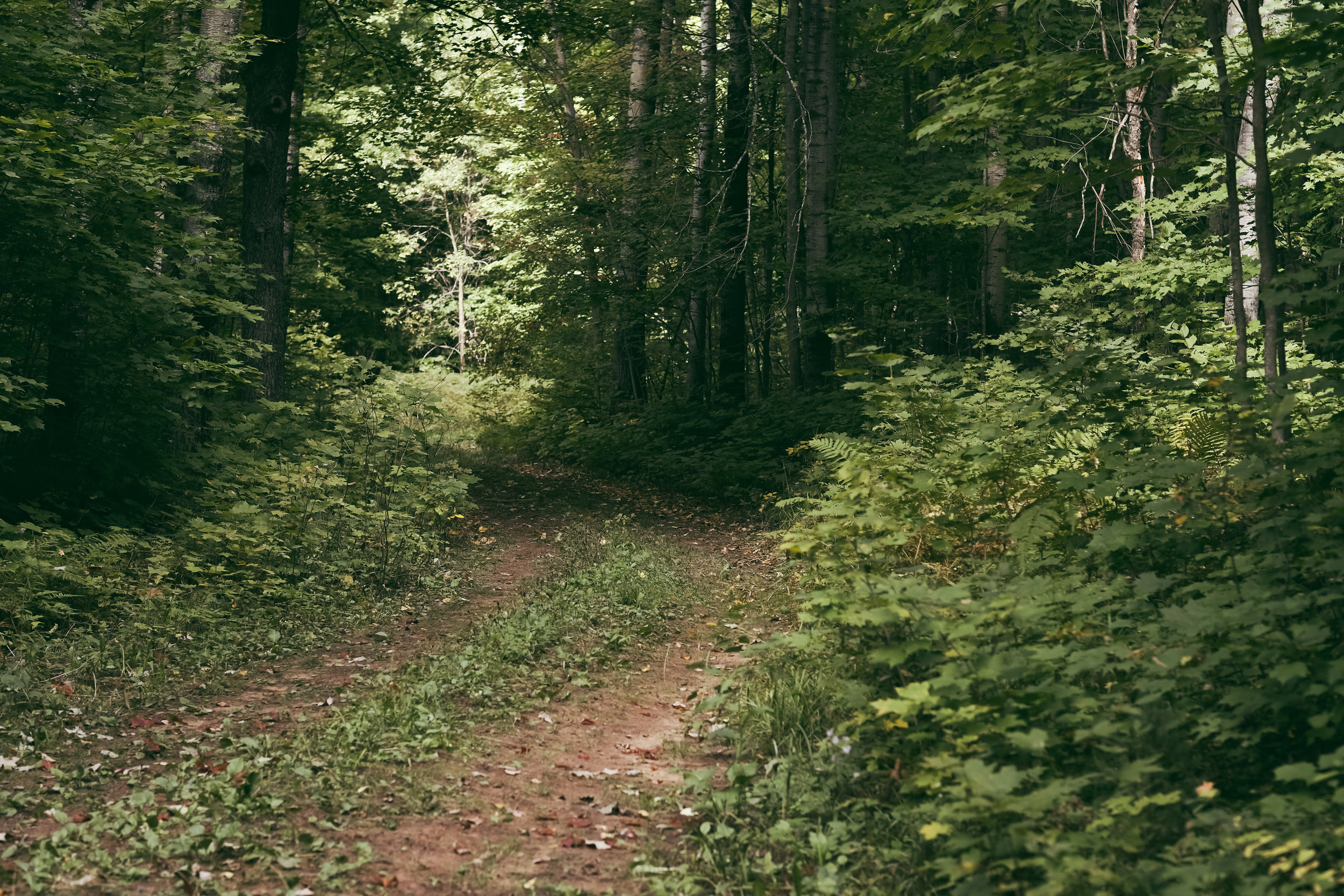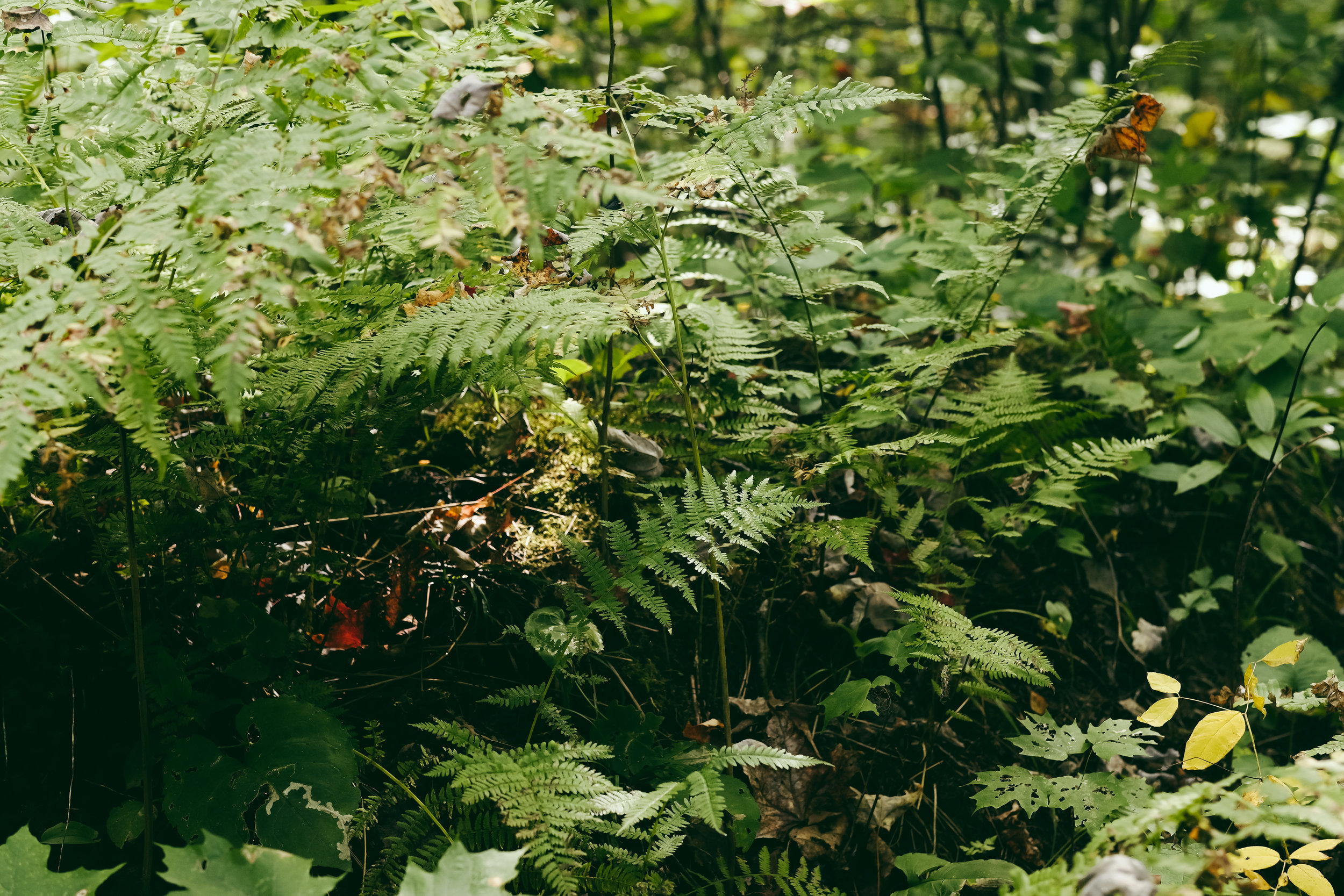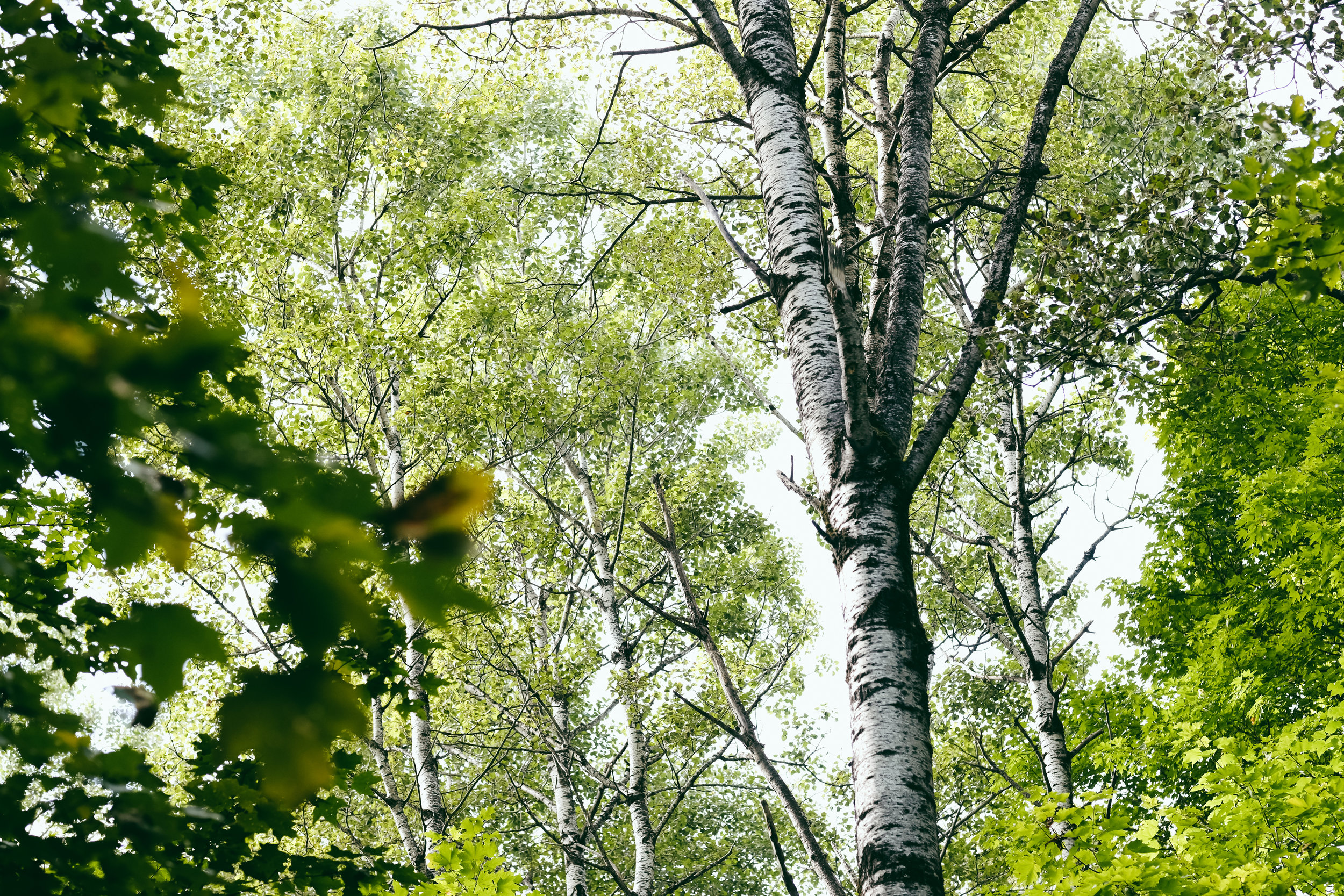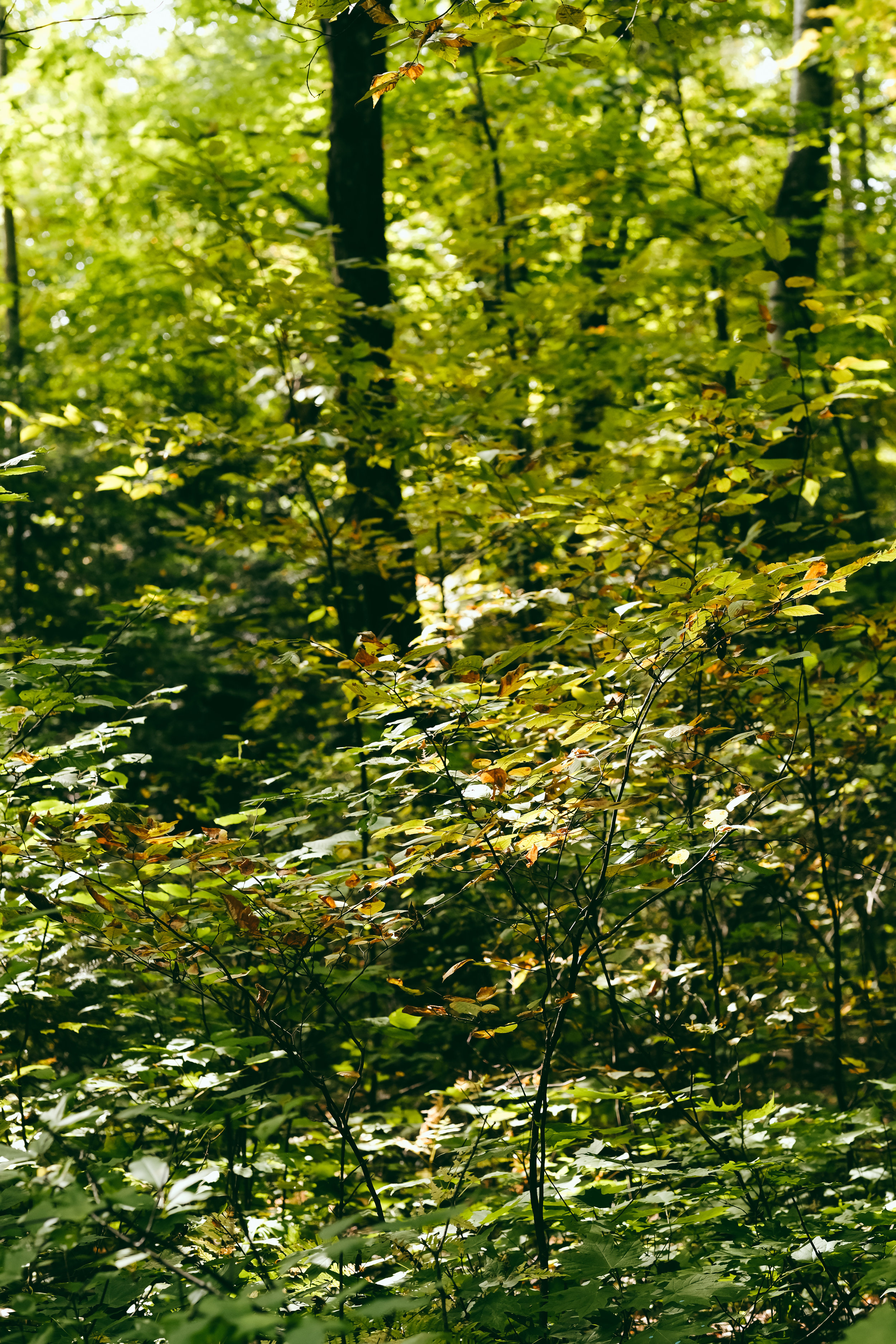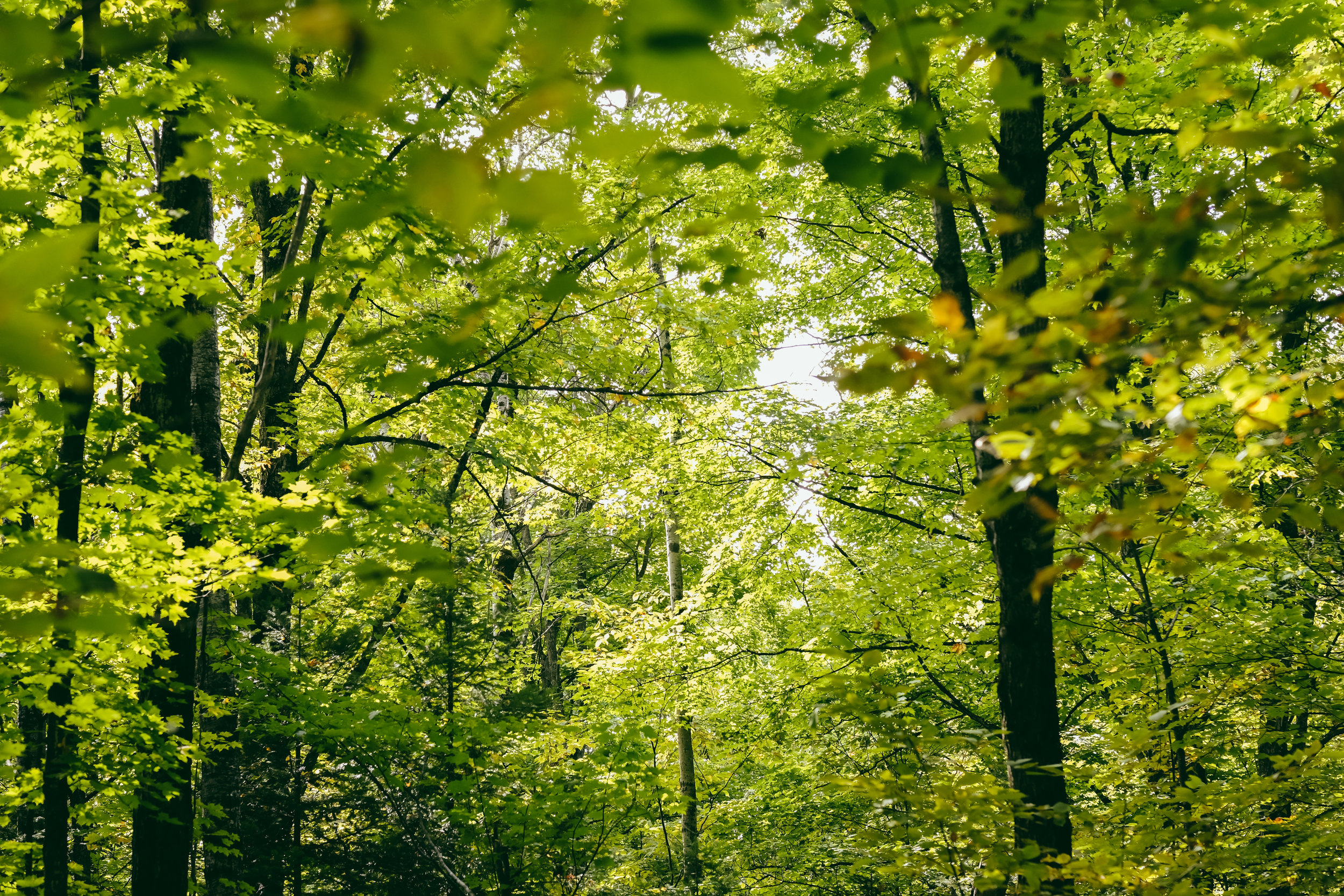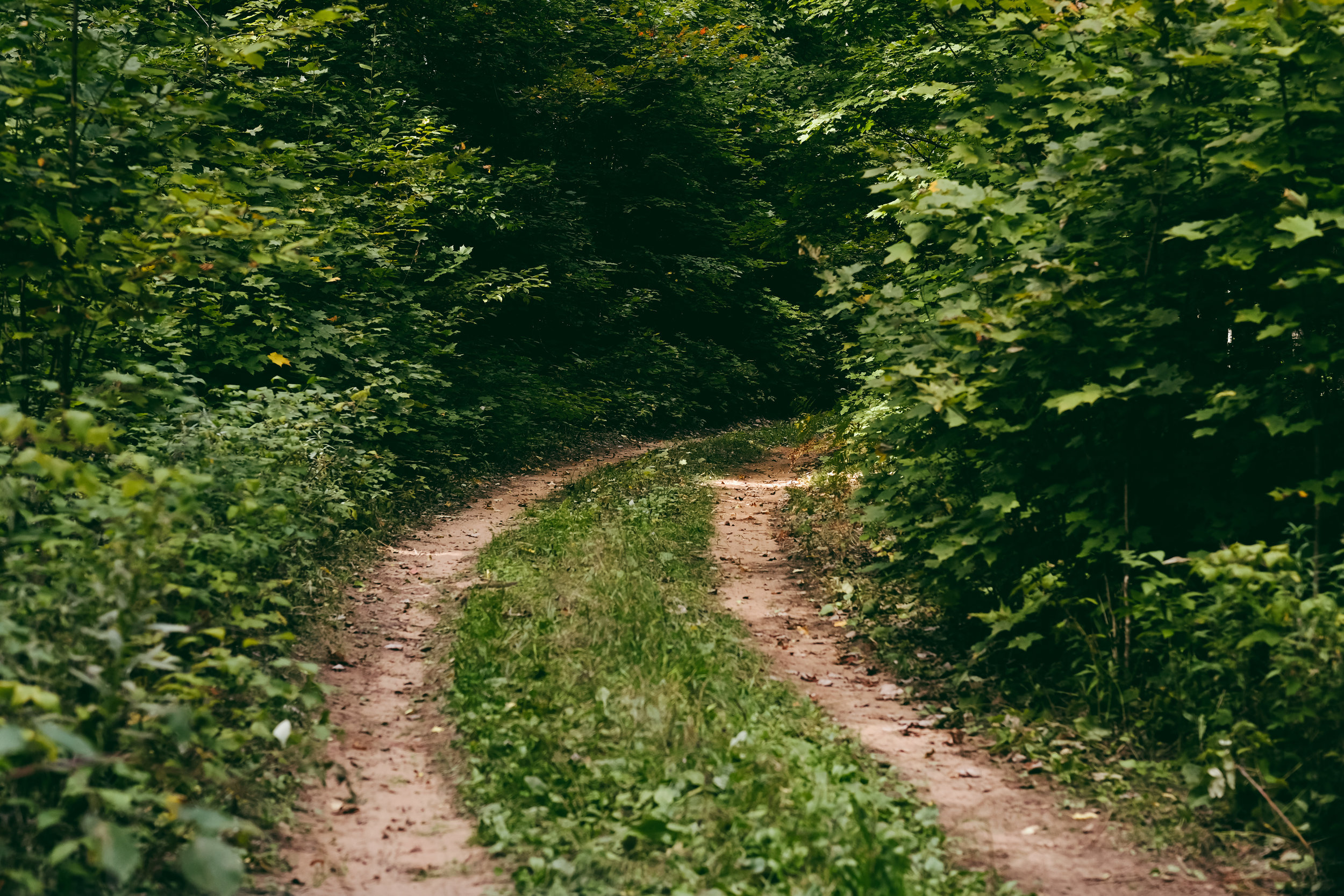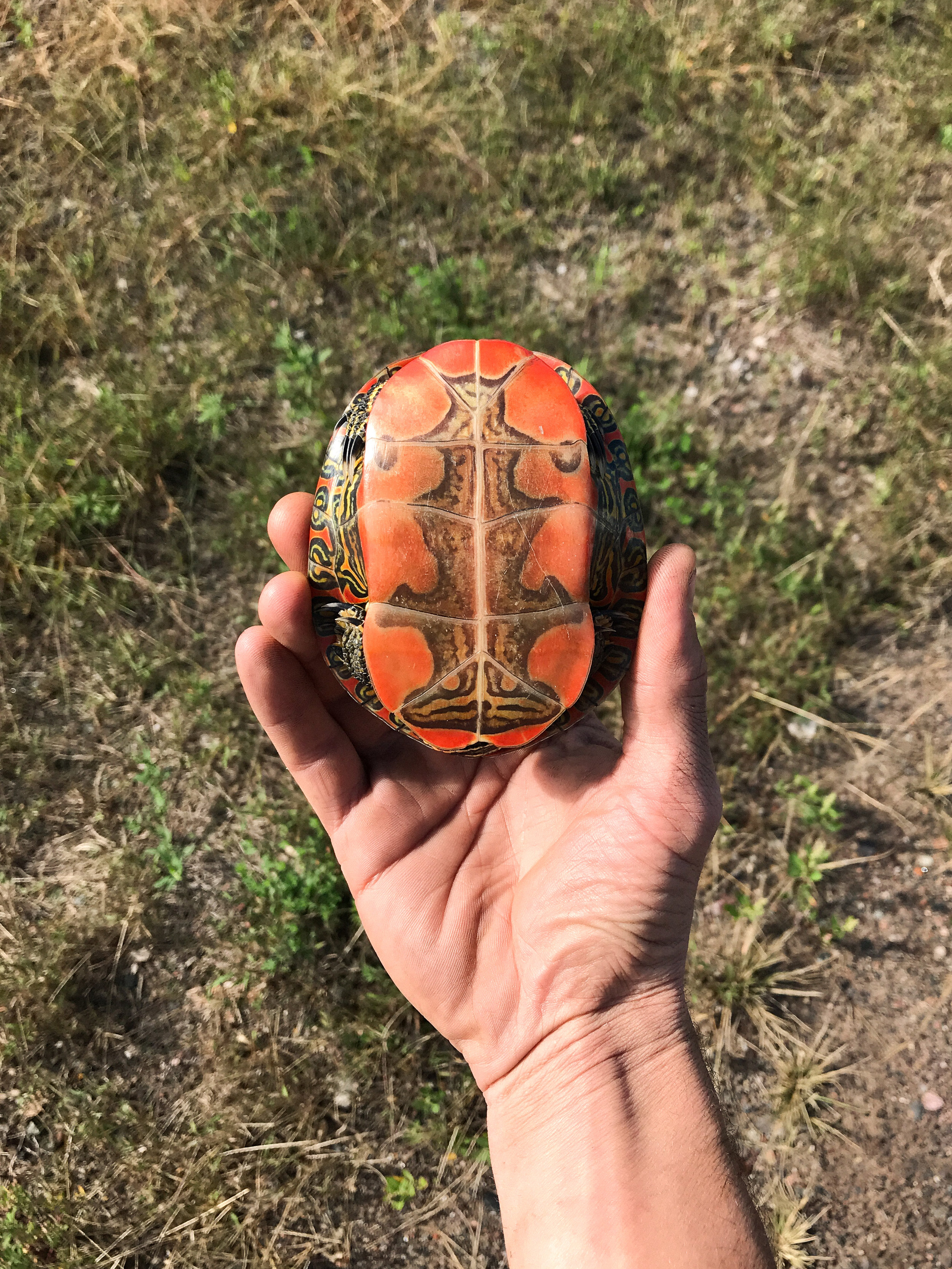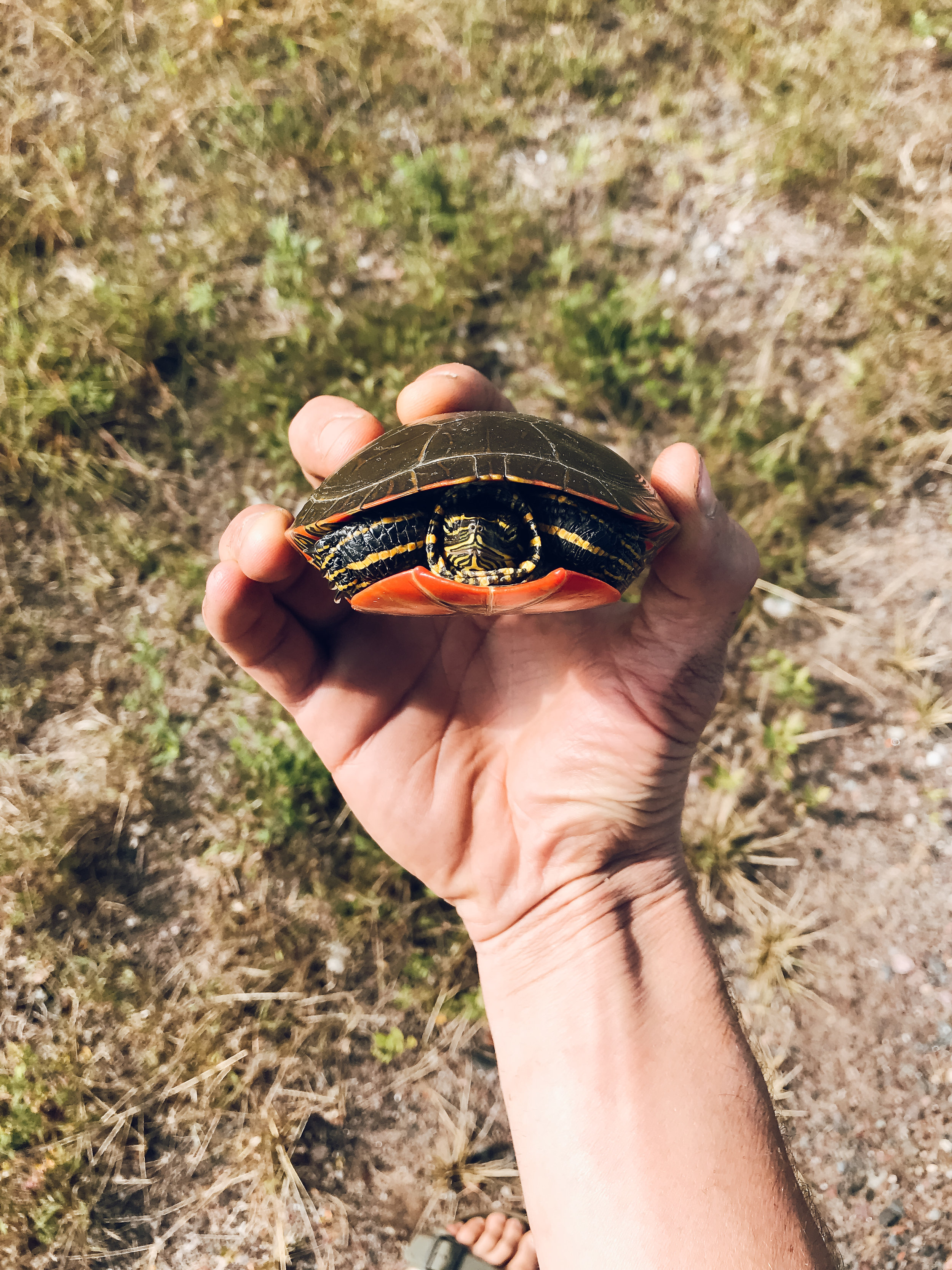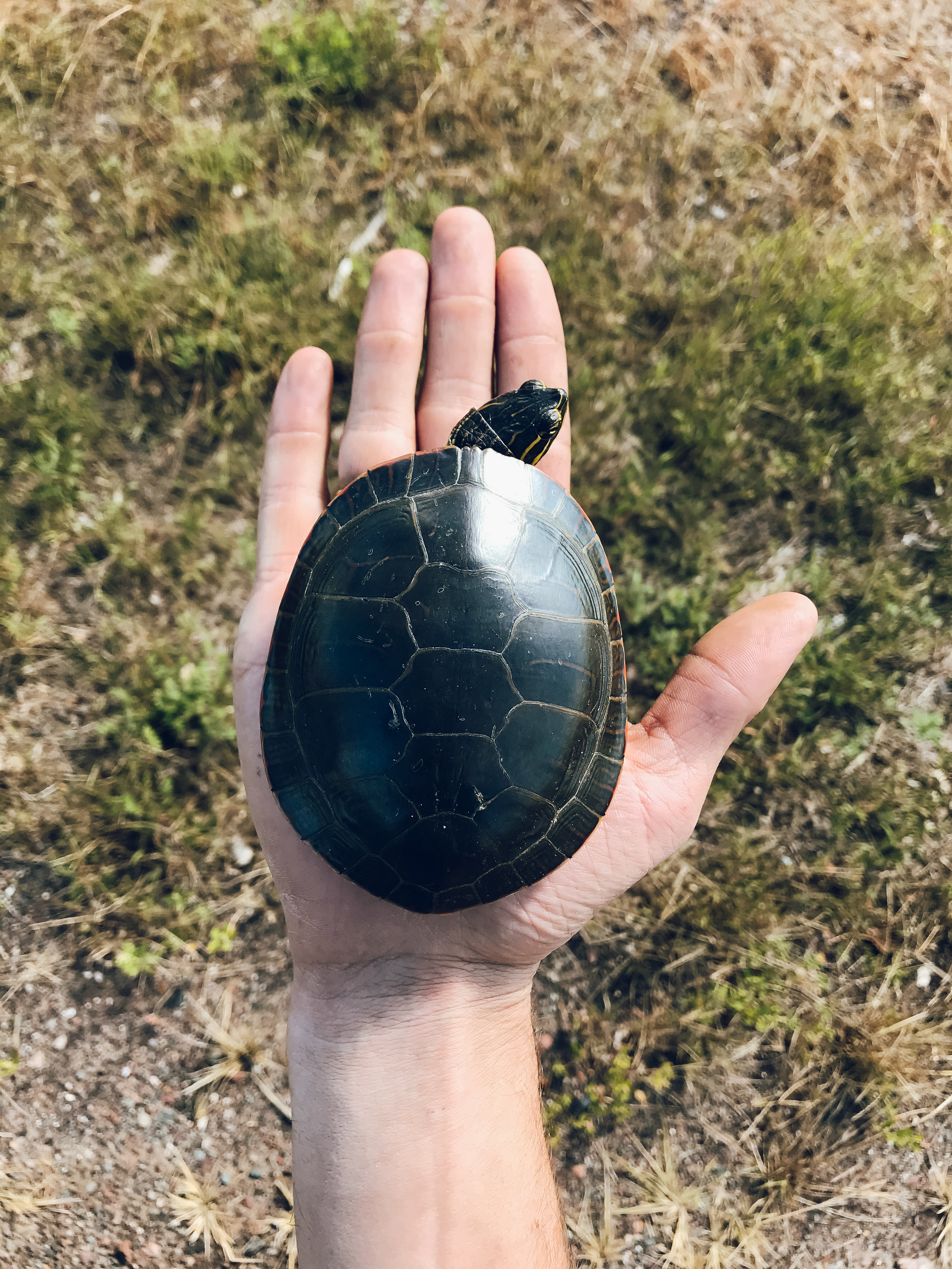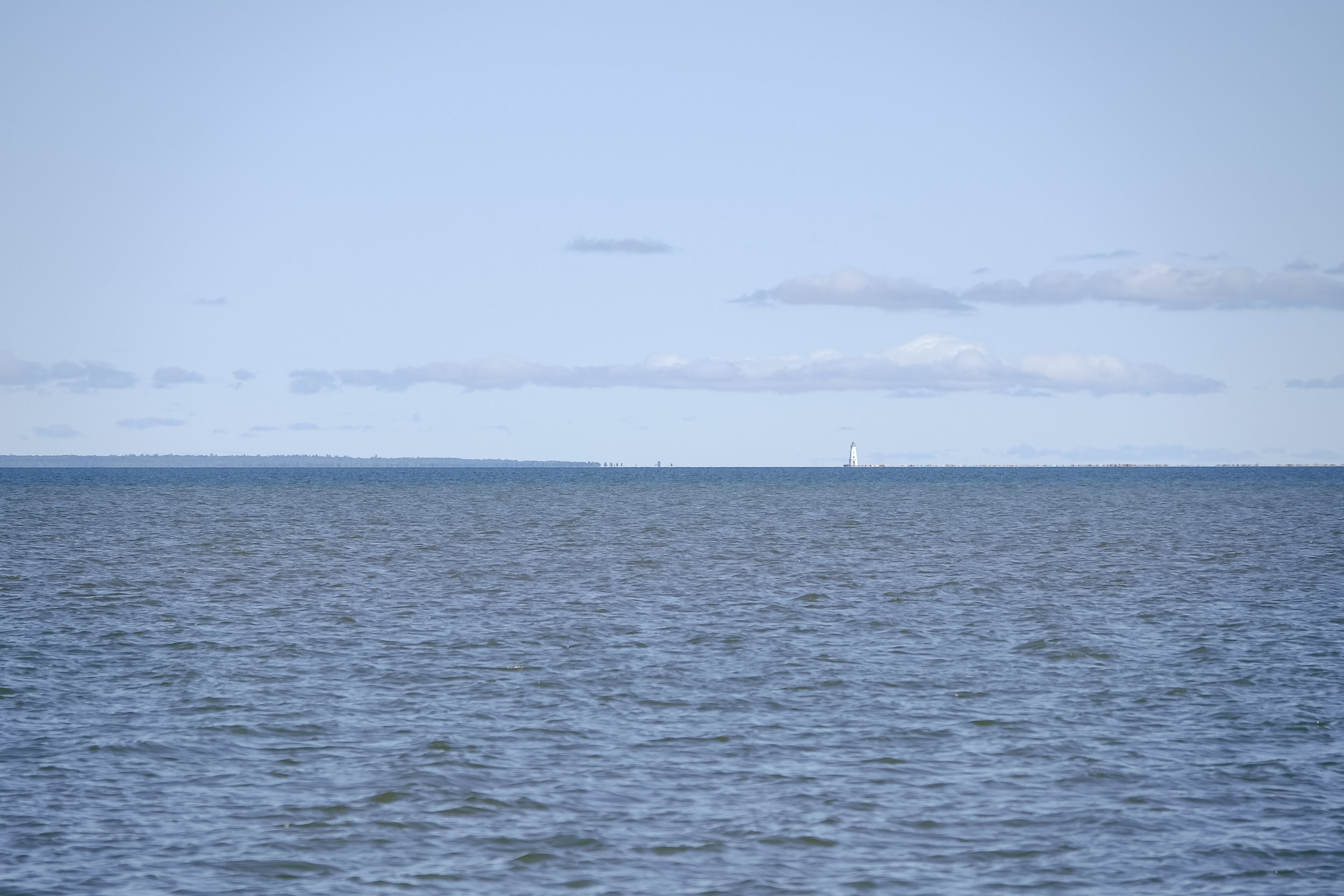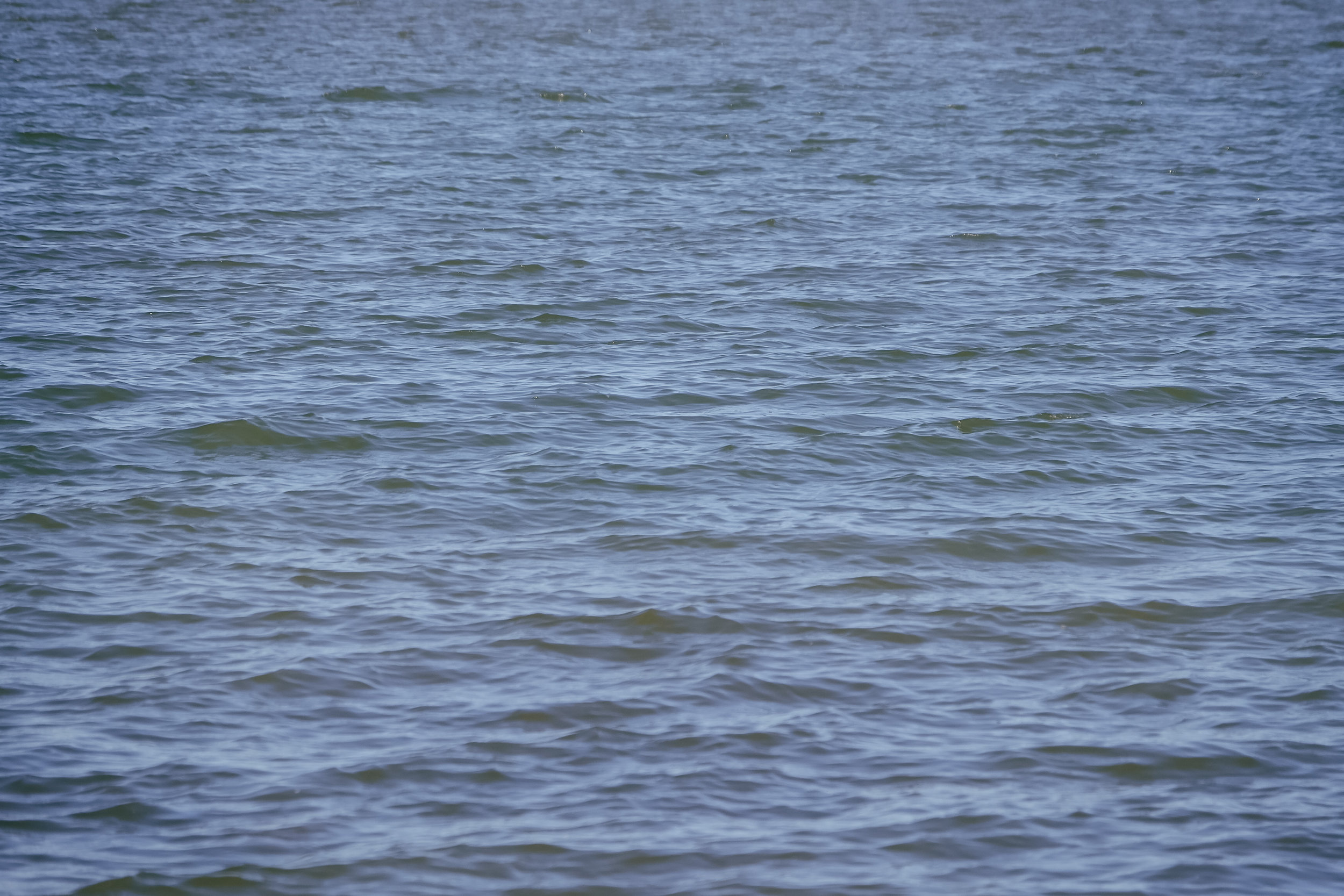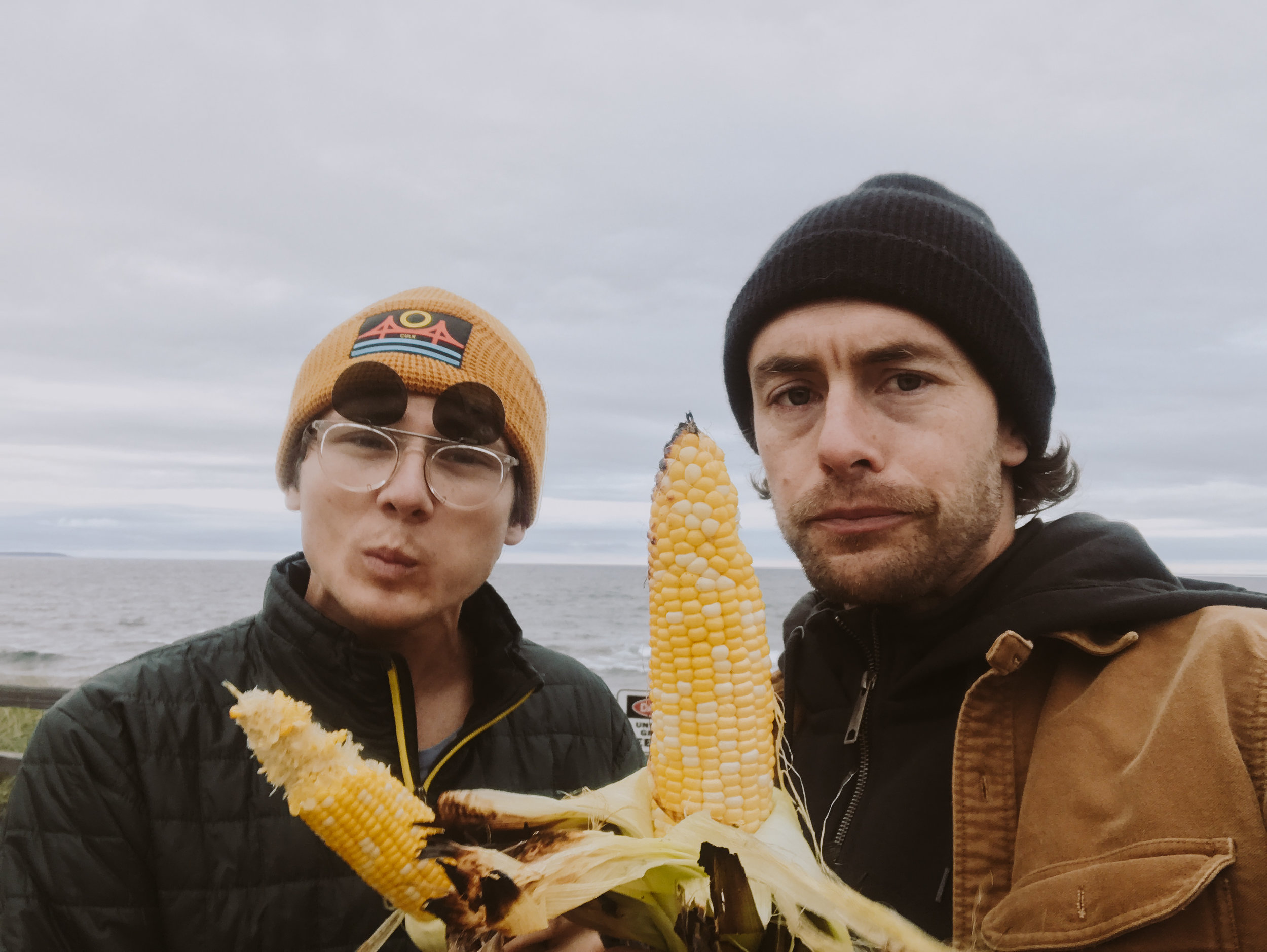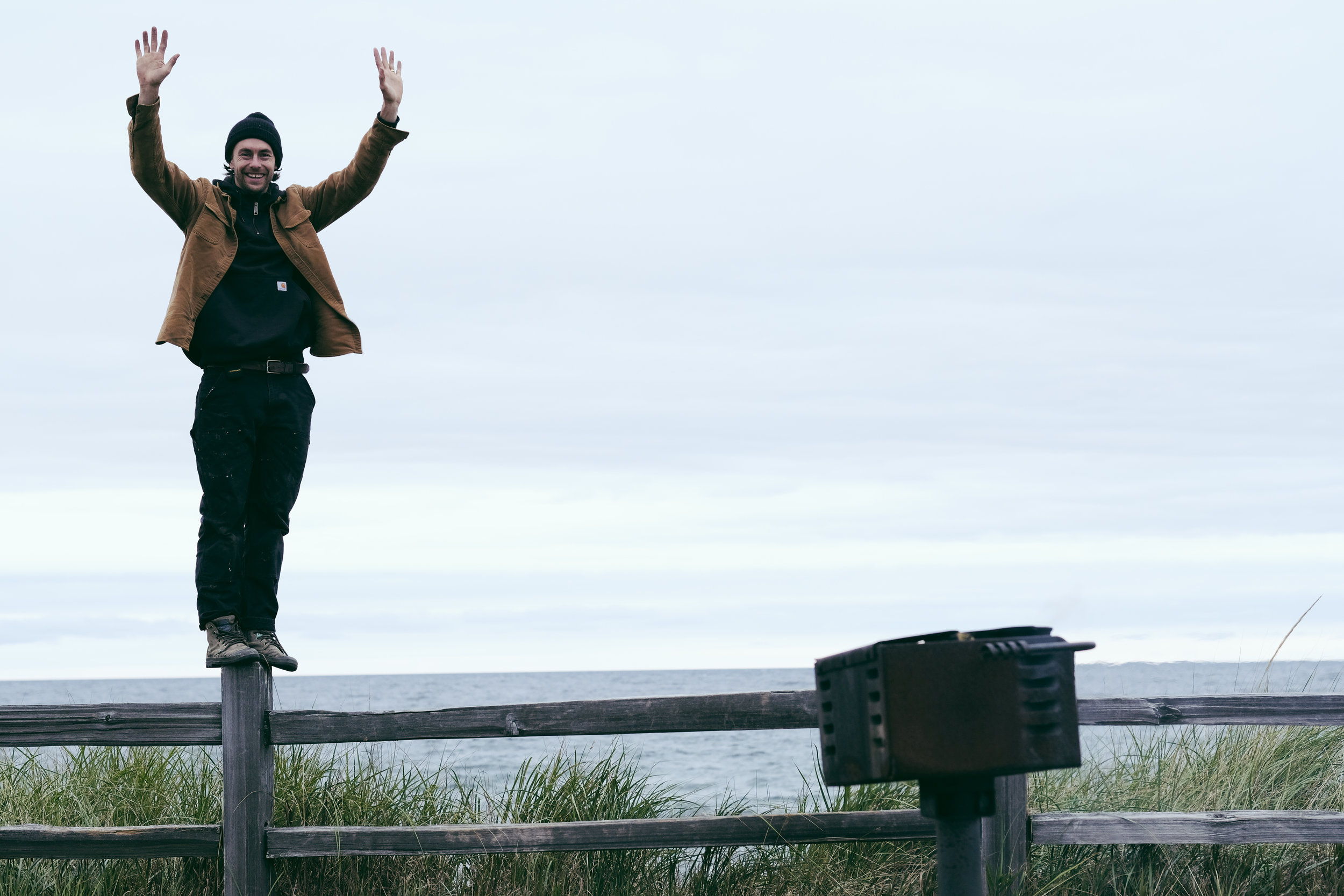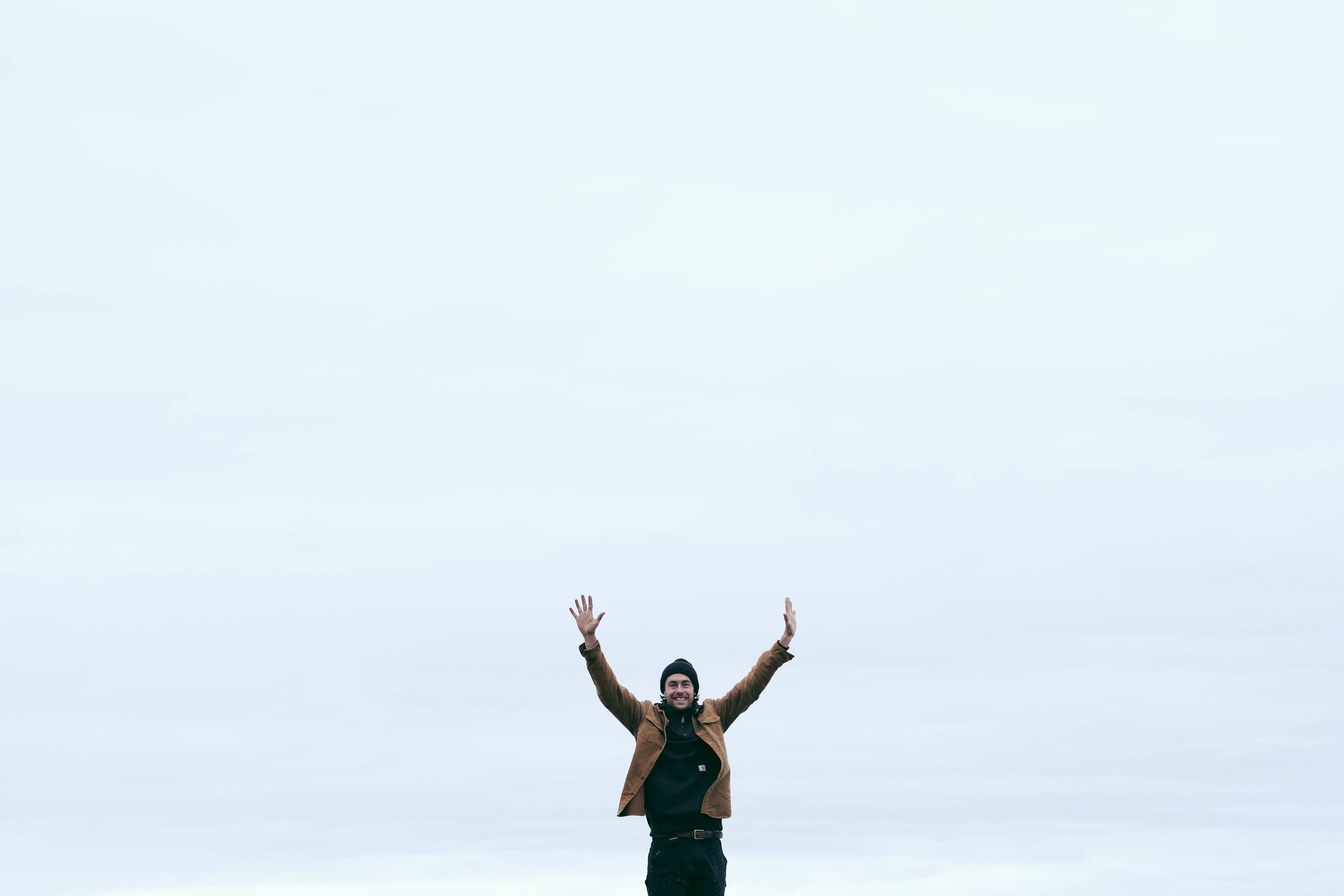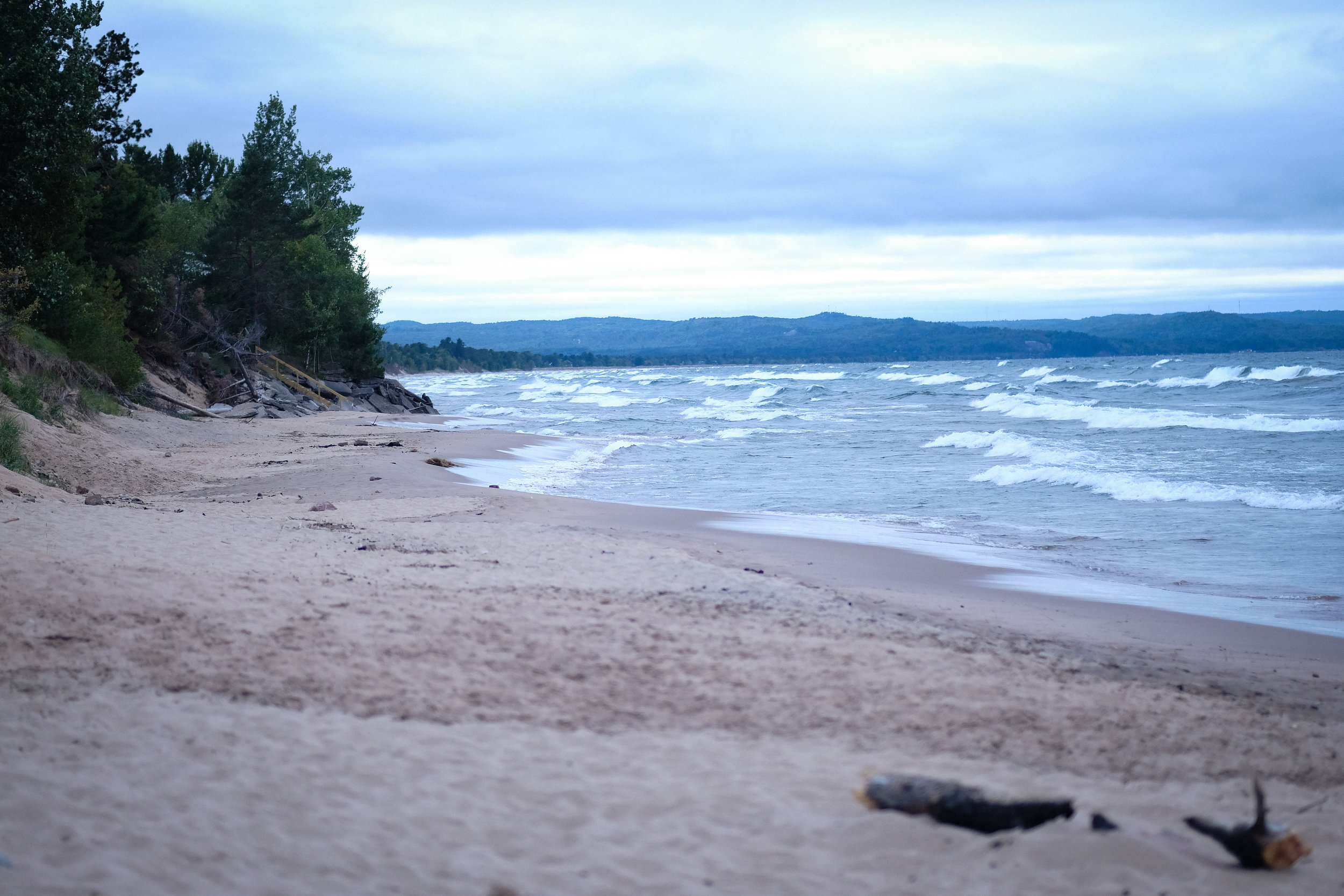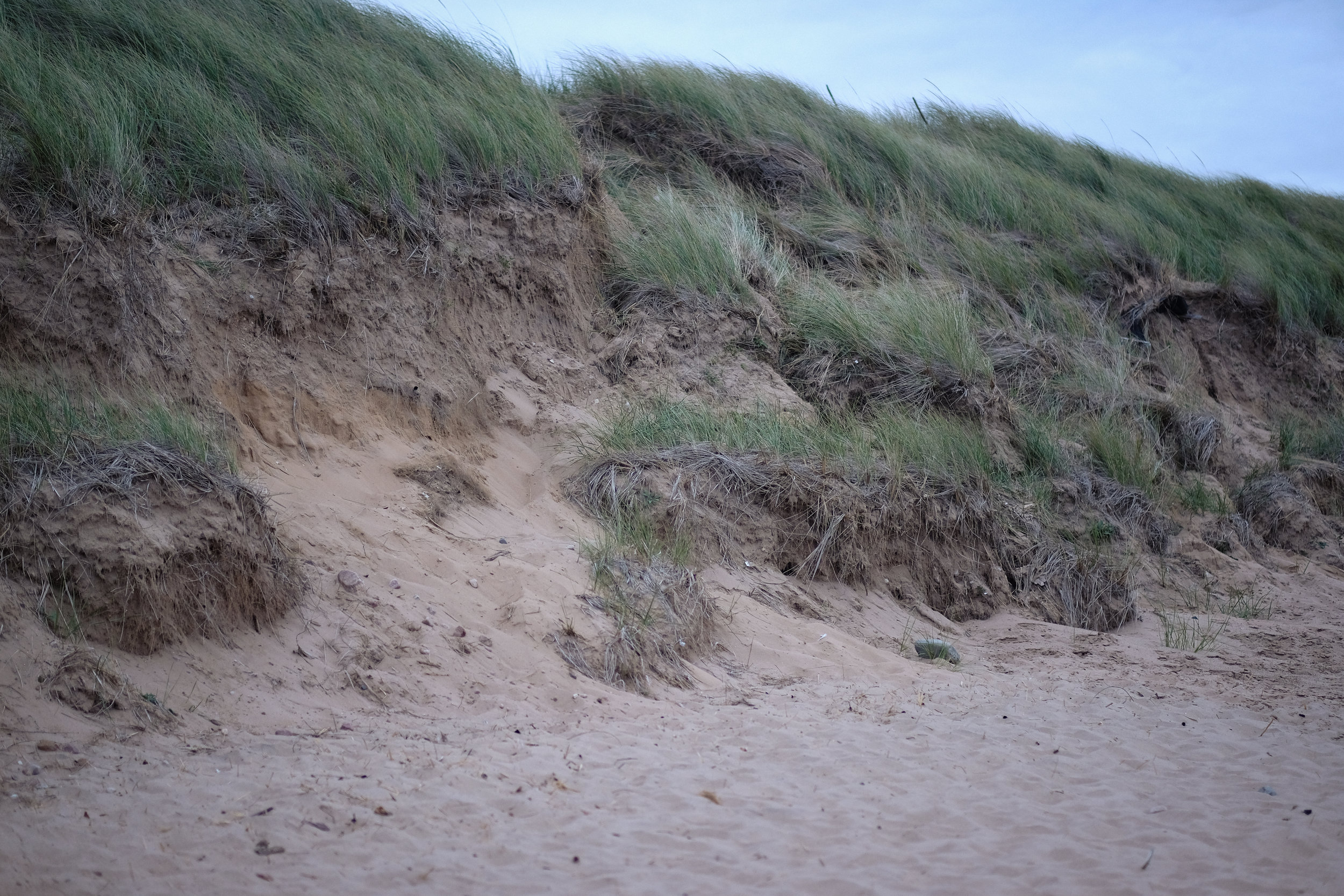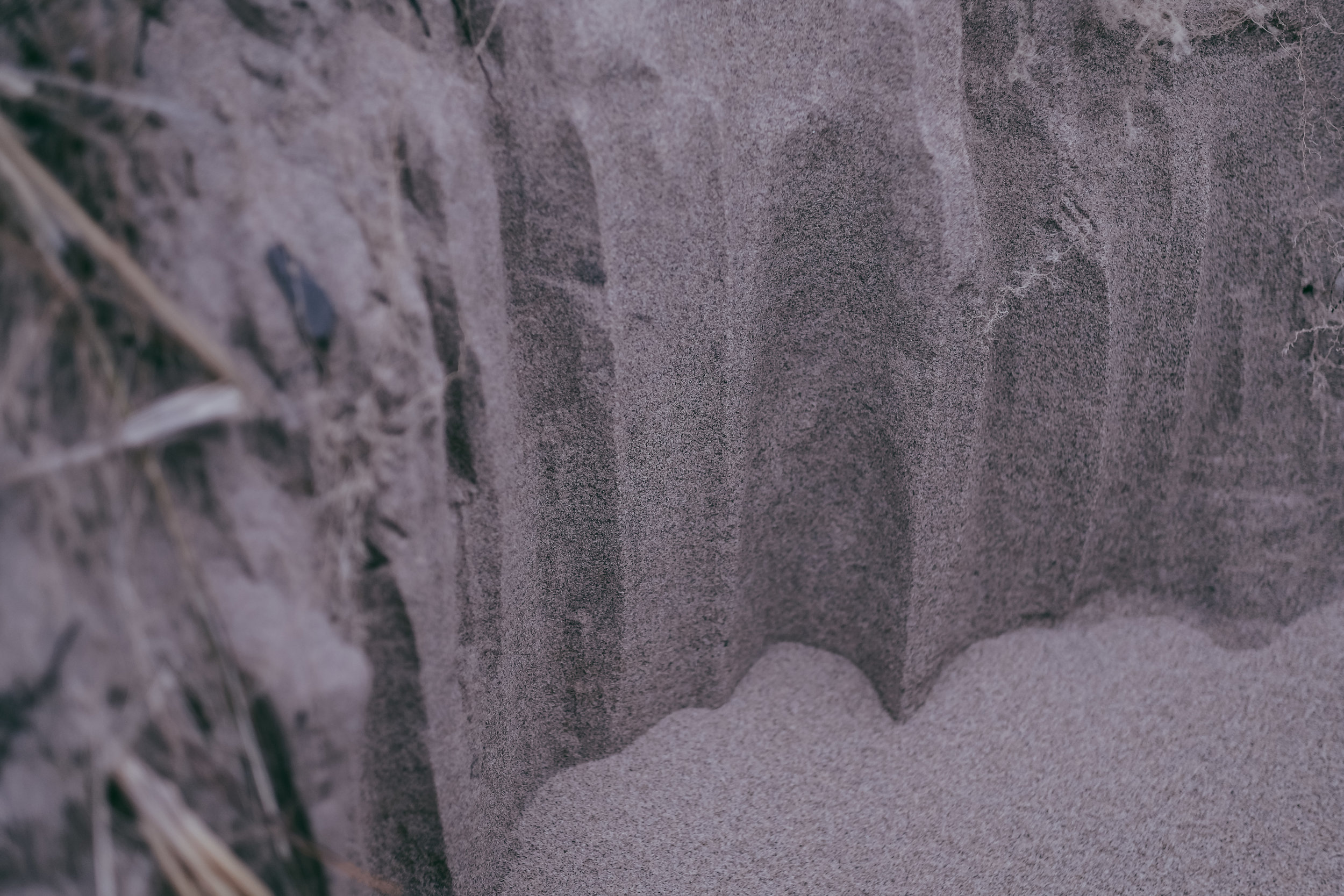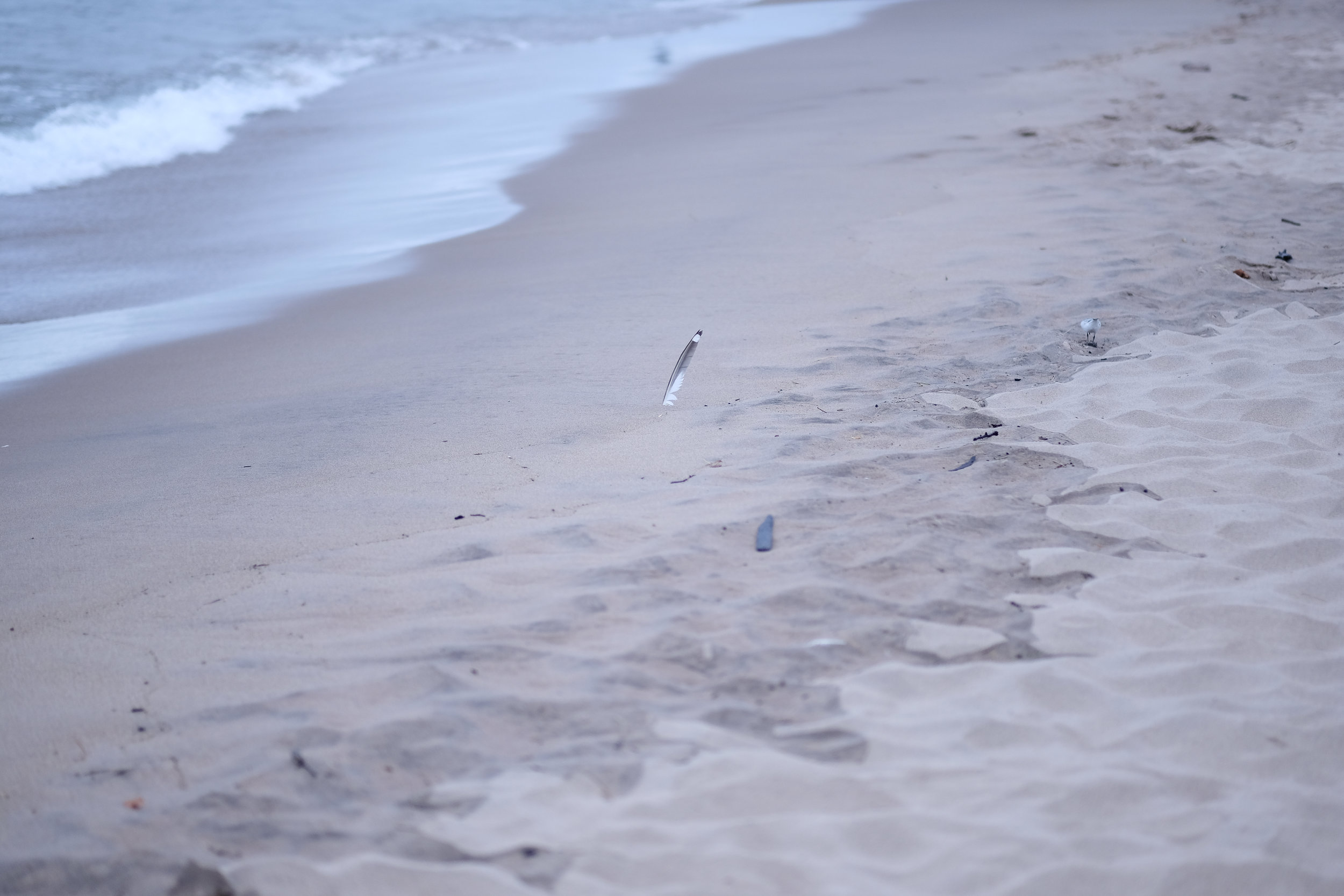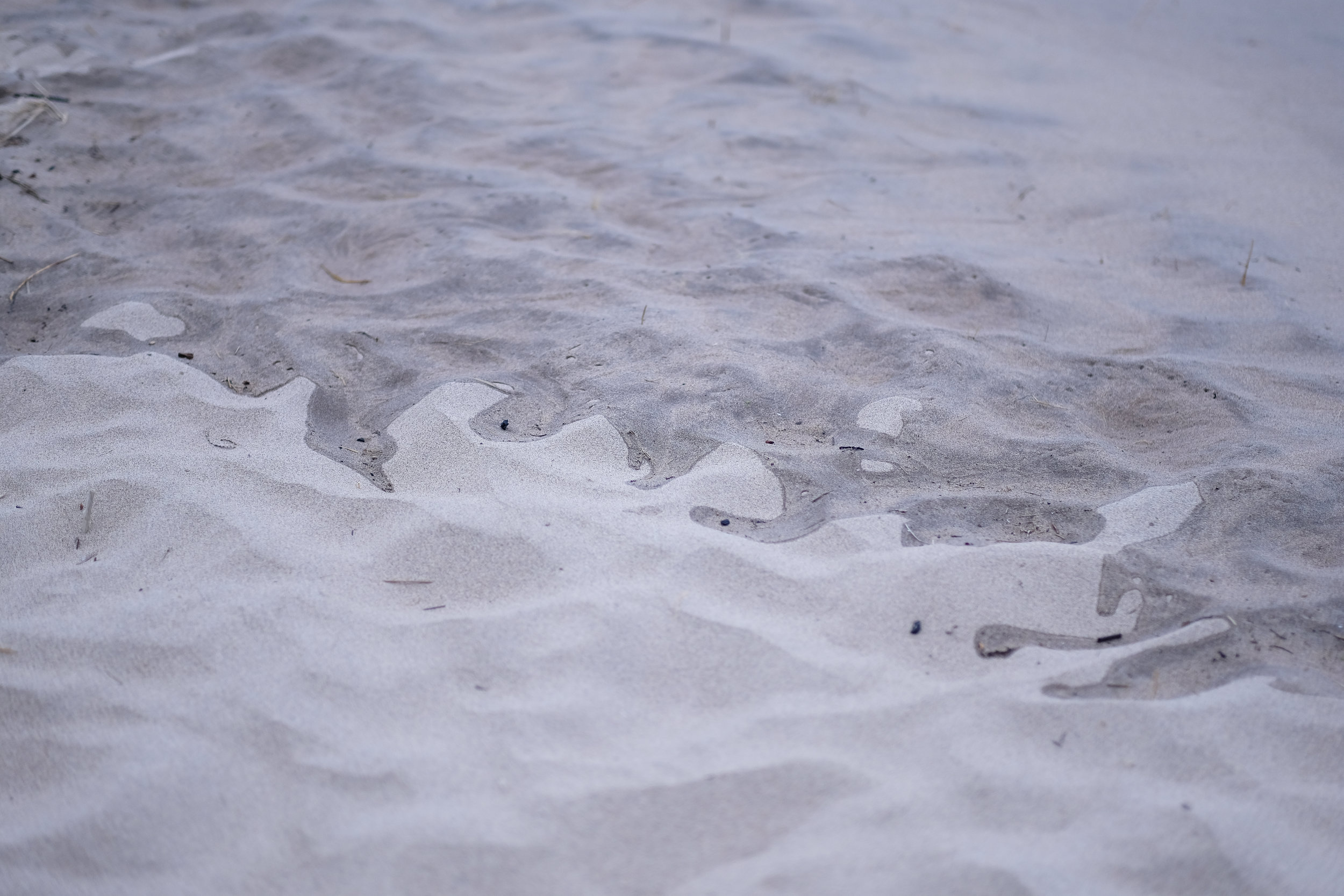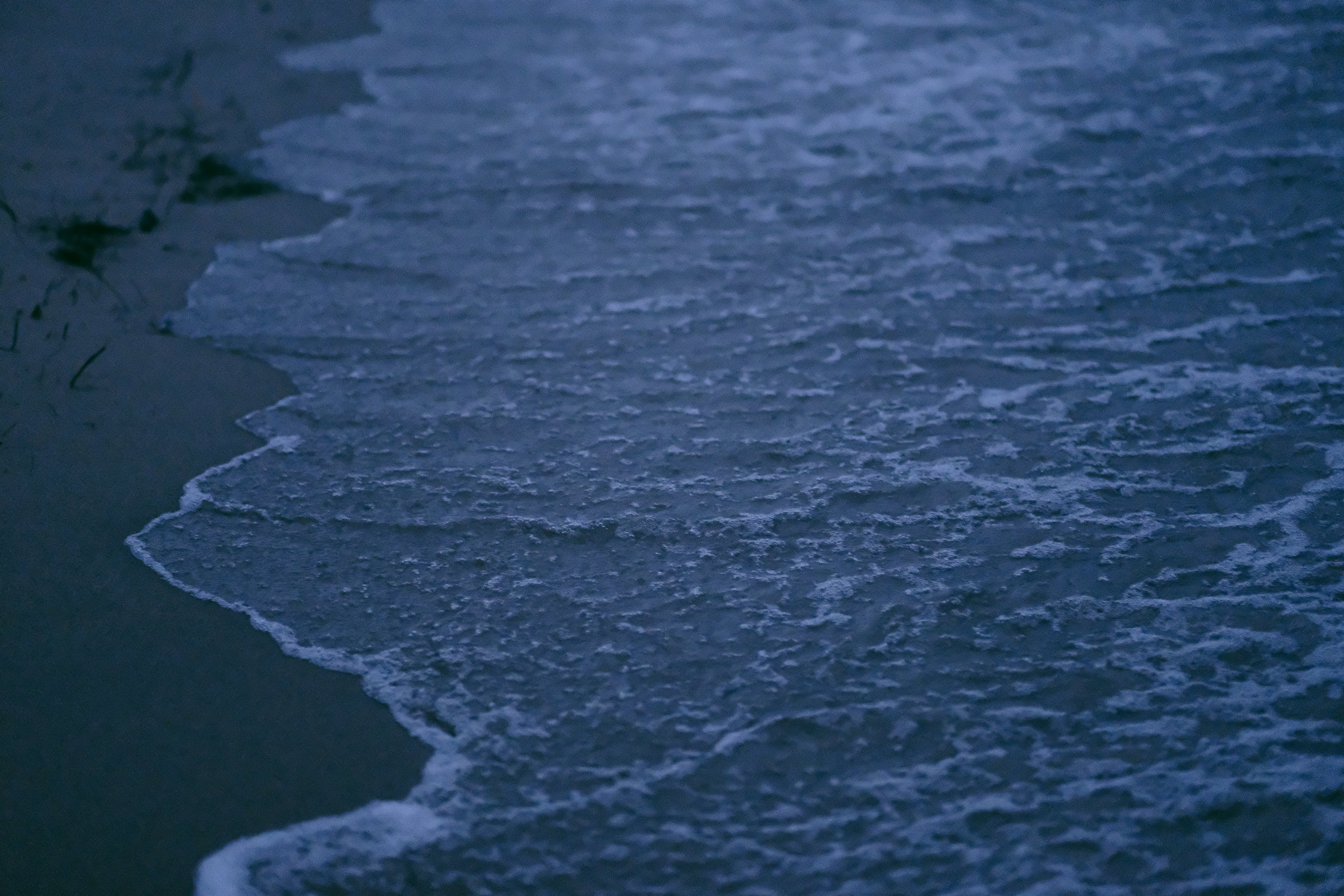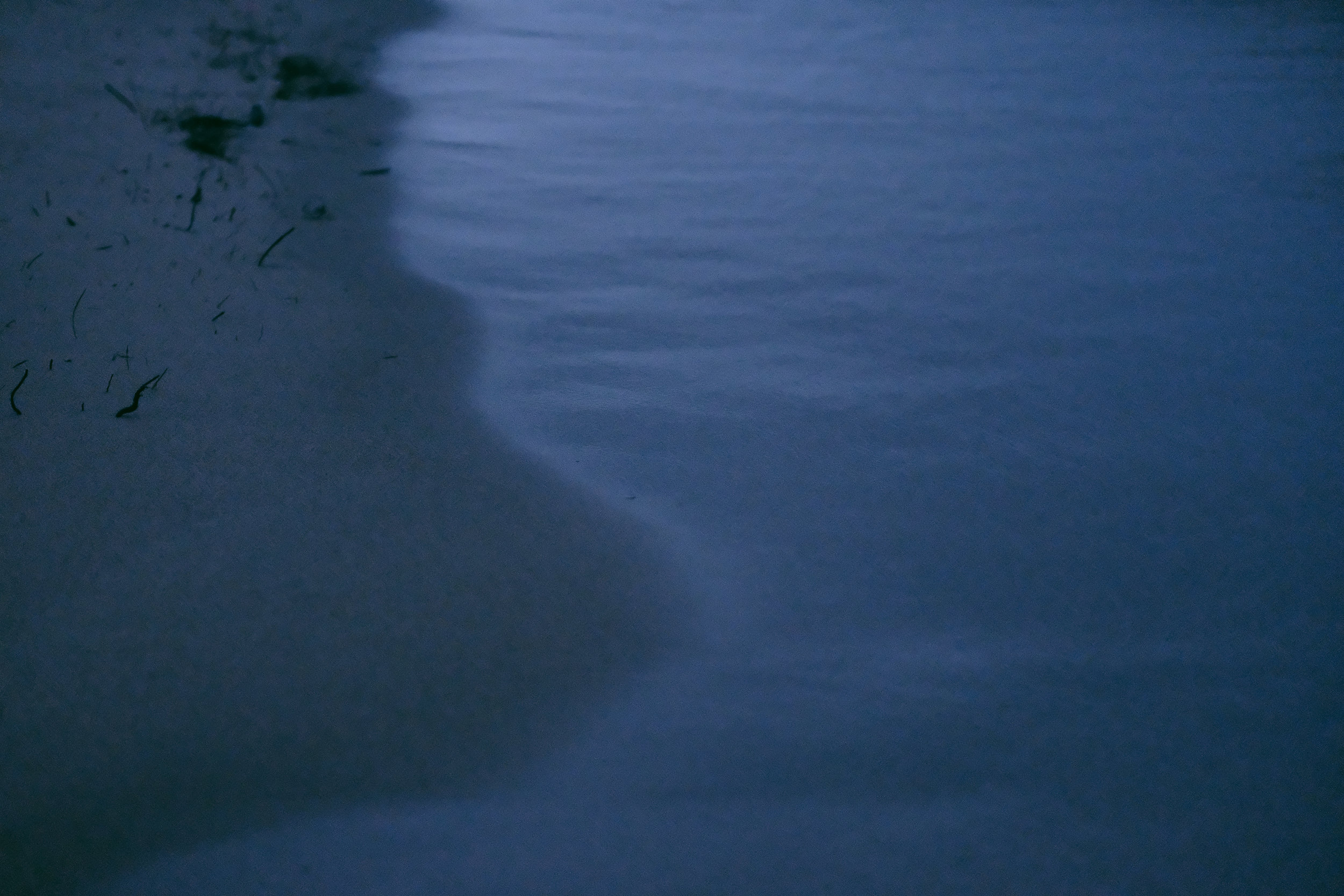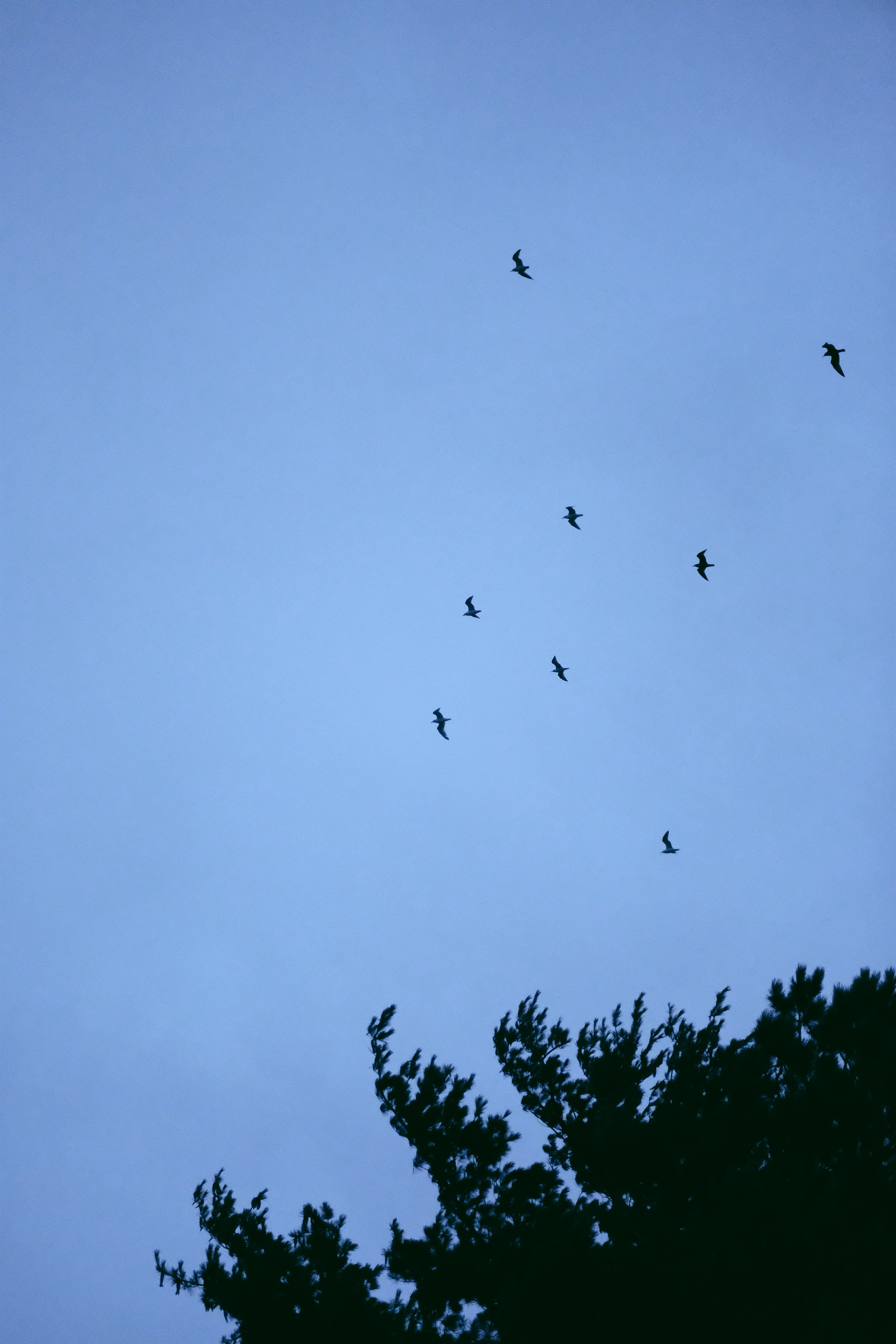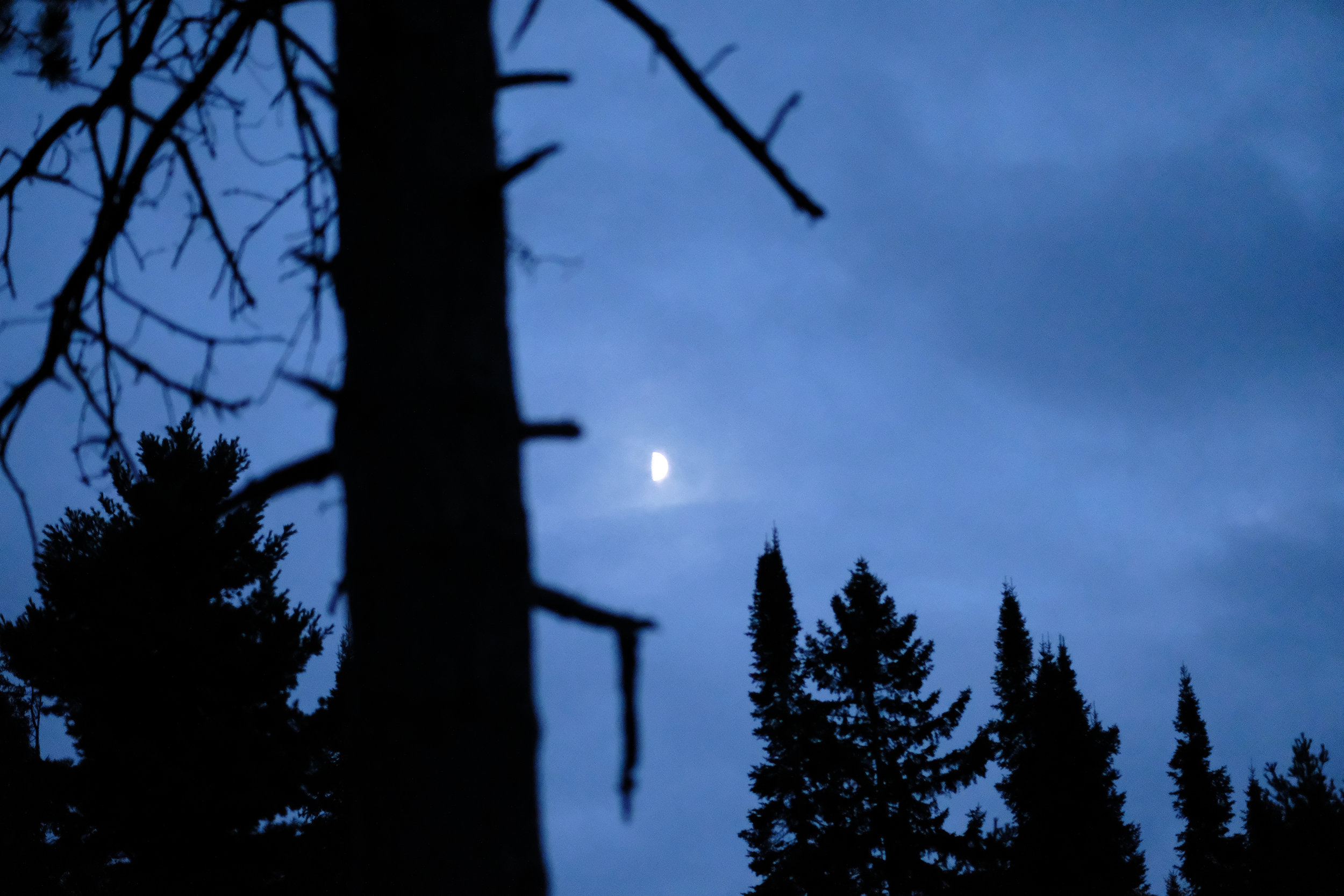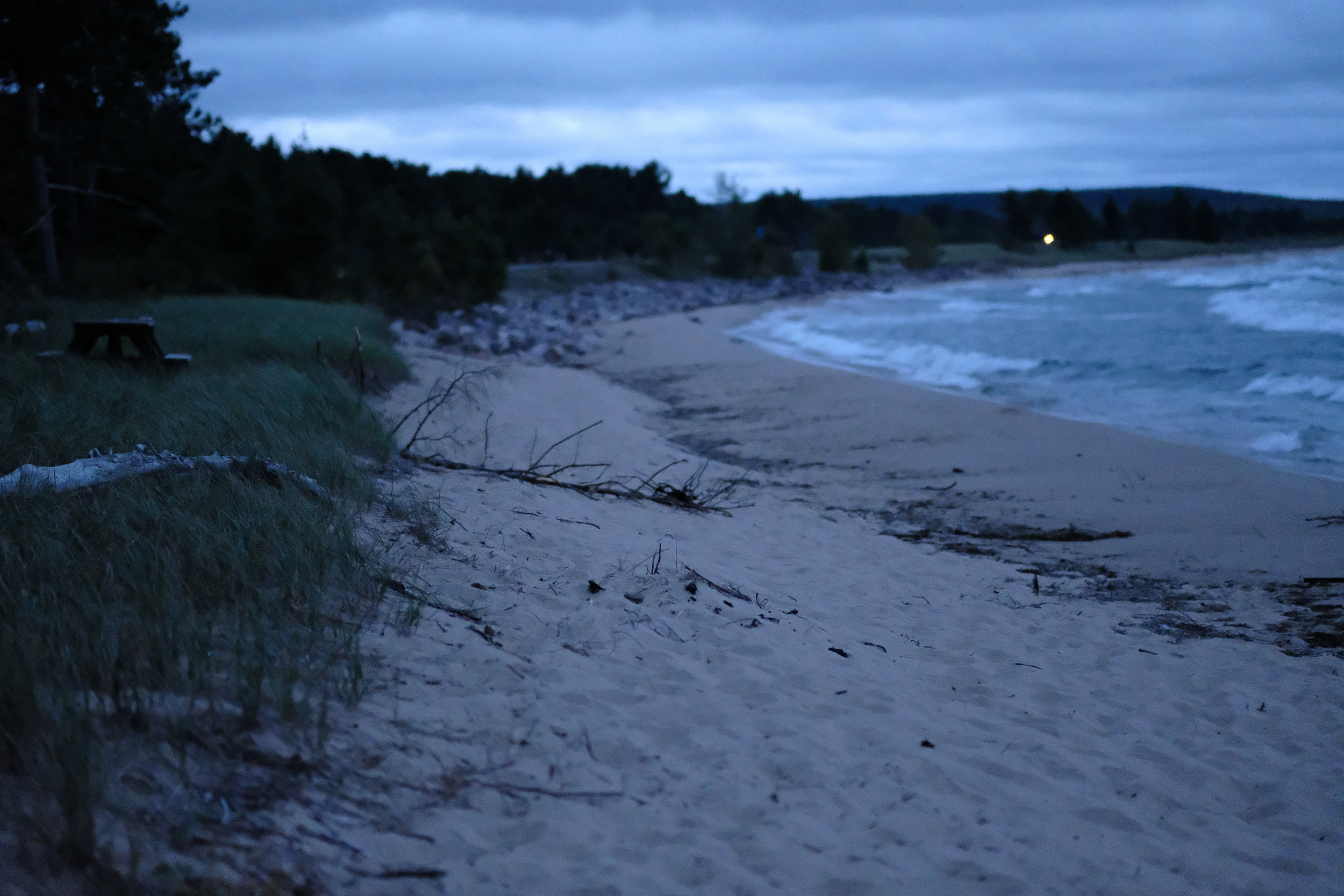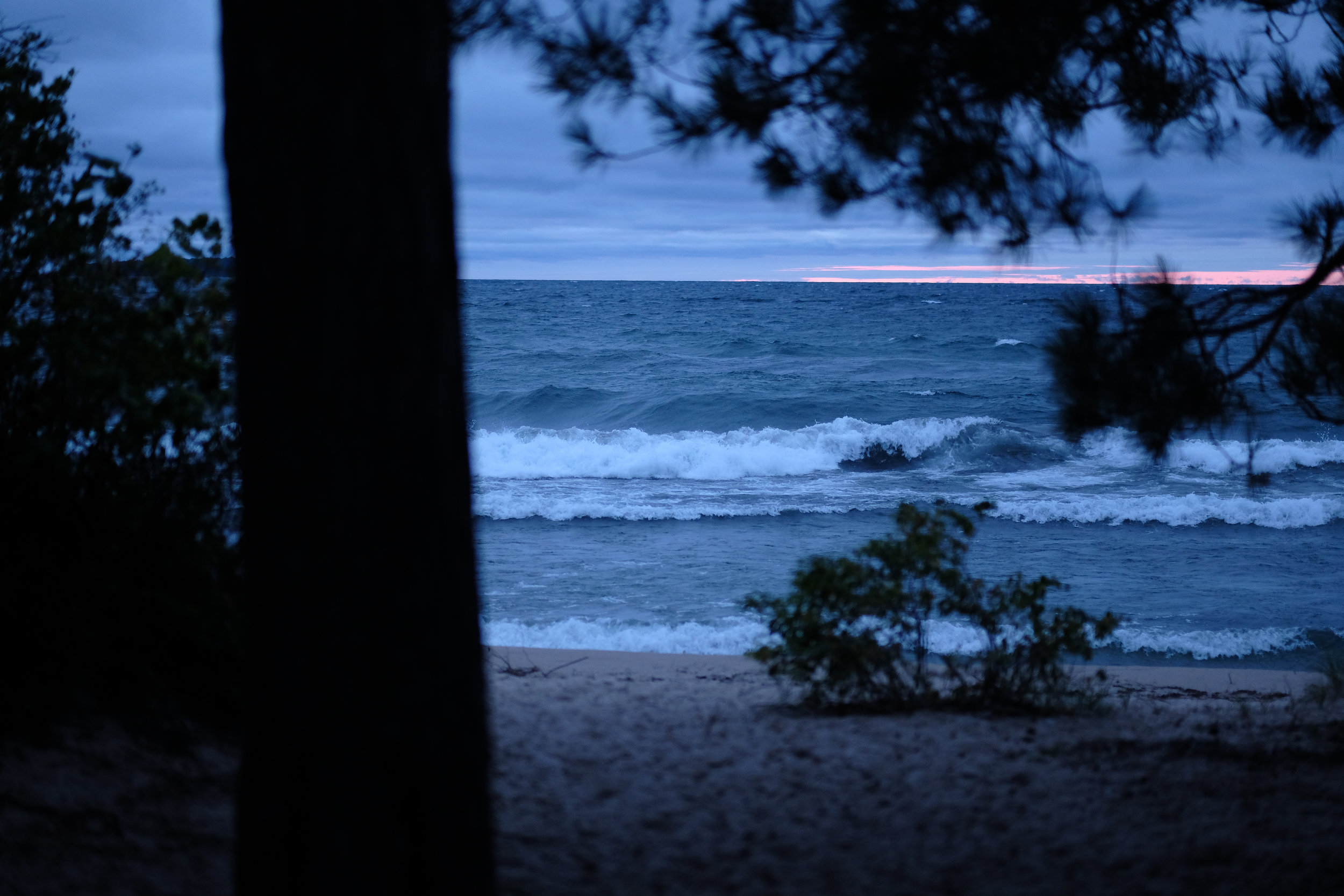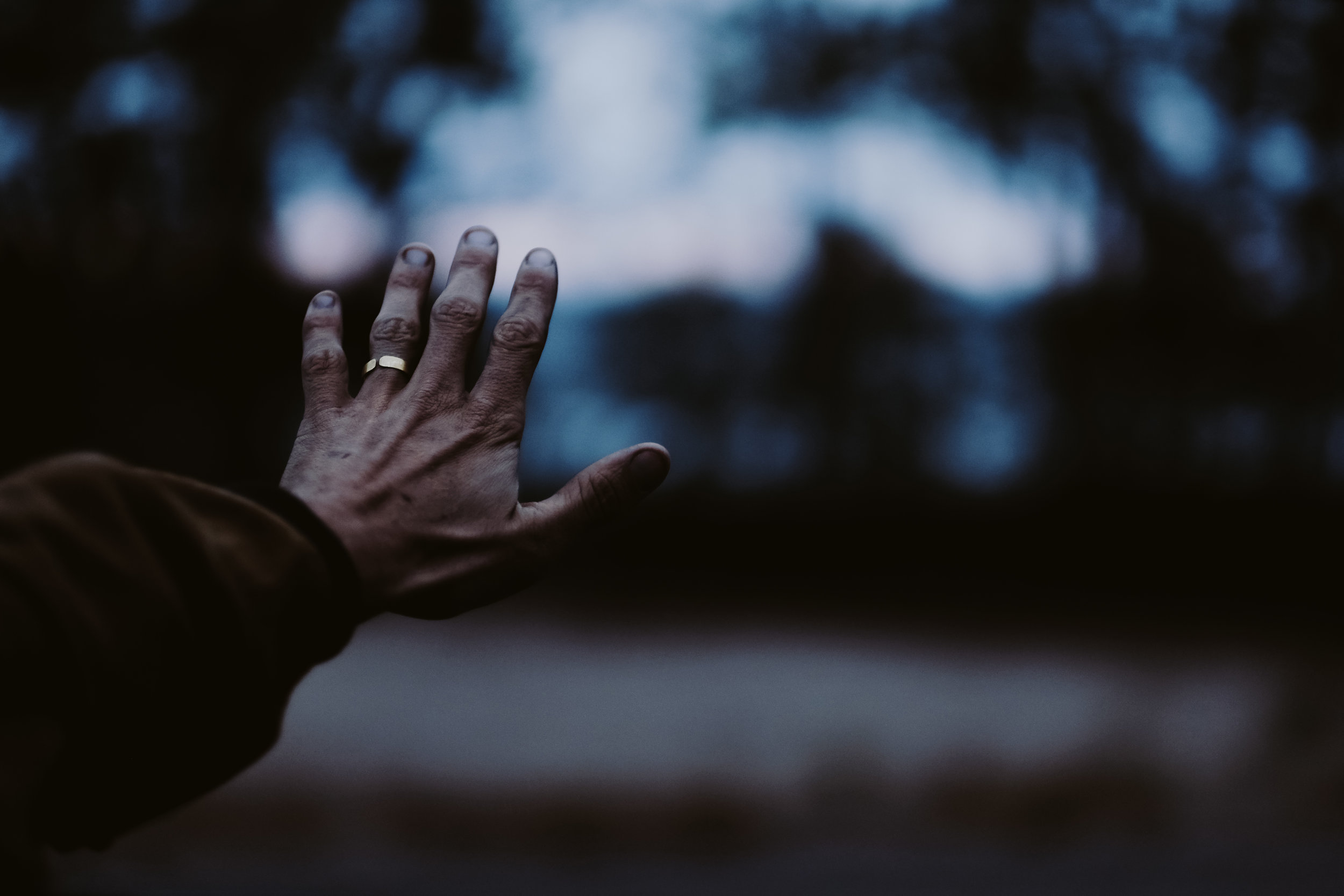Fraught History & Participation with a Place - CC Road Trip Day 3
We woke up at Howell’s Landing along the Namekagon River in Northern Wisconsin, had a swim in the river, said thank you, cooked eggs over the fire, and (true story) met a Ranger named Rick. We talked about the history of the river and the fishing (Sturgeon aka Dinosaurs : See my pervious post on September 16th), and his hope to move to Colorado someday. Specifically to Estes Park Colorado, which is a place I have loved for a long time, and coincidentally is very close to the Continental Divide, which as I said in my post on the 15th, is one of the original metaphorical seeds for this drive across the country.
We poured water onto the campfire to put it out before we left, and set out into the woods with the eager excitement that today we would reach our first of five Great Lakes - Lake Superior.
Forest roads with signage telling us to watch out for four wheelers were regularly seen, along with a steady stream of small stores advertising beer, bait, guns and ammo. We kept driving and found that the road side attractions that had the power to pull us over besides gasoline, were as follows in no particular order:
Anyone selling sweet corn or other produce
Turtles that needed assistance crossing the road
Great Lake Surf breaks - paradoxically being surfed in the middle of the country
Intriguing dirt roads with trees growing all the way over them
Swimmable rivers or streams
Marshes with birds in / on them or with floating islands
Abandoned things - boats, buildings, campers etc
Skate spots
Picturesque places to go to the bathroom
It was the shortest day of driving, making our way through the dairy / cheese state towards the Upper Peninsula of Michigan, all places with rich and living history.
The word Wisconsin is said to come from an Algonquian word that means “long river, or a the Chippewa/Ojibwe/Anishinabe word, "Ouisconsin," which means "grassy place," or "gathering of the waters.”
As passers-by through this place we had a very limited and shallow experience, though we made deep attempts to connect and be present. But without time and relationship IN and WITH a place, our experience was ultimately limited. I say that thought, because as we drove through and as I reflect back on the trip, the following thoughts ring loudly:
Thousands of Native Americans in the Great Lakes regions were forcefully removed without consent from their ancestral land by the U.S. Government and commanded to move to places like Oklahoma and Kansas where between 1850 - 1930 where they were made to “assimilate.” During the assimilation, it was against the law to use their languages or participate in traditional ceremonies, or even live out their daily identities or culture.
Children were separated from their parents to cut the cords of tradition that held them together in the “American Indian Boarding Schools” which had stated their goal was to, “Kill the Indian, Save the man”. All of this was deemed “legal under the authority of the law” and “necessary” for national security. (Here’s a link as a starting point to learn more from History.com; Also, Robin Wall Kimmerer describes her families history in connection with these subjects in her book, Braiding Sweetgrass. Here’s a link to an interview with her sharing her story on the On Being Podcast) (It’s also important to note that many Native American tribes, despite the damage and as a credit to their audacity and strength, still have a vibrant culture in the Great Lakes Region, as well as in the areas relocated to)
All of the curel actions taken by the United States government here claimed to be legal by the standards of the government (despite the fact that they were breaking their own treaty rules), and were done under the guise of national security, when in fact it was a greed motivated move to capture land for *themselves in order to exploit natural resources, among other reasons (*Themselves being white people in the Great Lakes Region / Those in positions of power in the U.S. government. Also, I think all these thoughts as someone who is trying to reckon with my own whiteness and cultural history.)
With child separation occurring on the United States border TODAY, it is obvious that these shameful motives from the days of “assimilation”, are not just history. Instead, different disguises have been developed and slight tweaks to language added in order to be deemed as “acceptable behavior”, “necessary” and “legal” in contemporary culture.
The long list of cruel and shameful actions here and many other places demonstrates a dark side to the relationship between humans and landscape. No matter what your politics are, it is undeniable that land use and land ownership has been one of the decisive powers and catalysts for conflict in the history of humankind. Be it for natural resources, domain, or as Dan Egan says in his book, The Death and Life of the Great Lakes, quoting Ismail Serageldin in 1995, “If the wars of this century were fought over oil, the wars of the next century will be fought over water.”
I photograph things in nature often, and yes, they beautiful and bring me joy, but to authentically participate with the natural world and with humanity, is to also be open and learn about the all too often fraught historical context of a place. Participating with the natural world is so much more than photographing pretty things. For me, it’s a curious attempt to engage with the living breathing, joyful, and damage laden world and the people that live with it. It is a relationship with places and creatures (plant, animal, insect, human etc). I try to hold many things with me at once as I enter of think about a place. 100% of the time I need more knowledge and wisdom than I currently posses. Listening, openness, curiosity and asking questions with these subjects in mind is a good place to start an paramount to this project.
Damage as well as the unavoidable beauty of the Great Lakes region was on my mind as we drove through these dynamic and complex landscapes, trying to be mindful with our experiences in the ways that engaged with the mental (history, science, etc), emotional, physical and spiritual parts of ourselves and the places, hoping to connect with wider, more whole experiences.
By sunlight that day we swam in Lake Superior (1 Great Lake down, 4 to go) and by moonlight we camped on a tall sand dune perched high above the water of Lake Michigan and swam out into the expanse literally and physically trying to immerse and connect with the Genius Loci; the Spirits of these places.
Below are a few photos of the places where these thoughts and conversations occurred:
What are your thoughts, reactions, questions from the content of this post? I’d love to hear from you to help broaden my perspective on the subject. Thanks. Please share your thoughts in the comment section below, or send me a message at wes@livethecuriouslife.com (Let’s be kind to each other, and treat digital spaces like these as if we are looking someone in the eye. Treat any words you share like you were saying them to a real person sitting across from you.)


